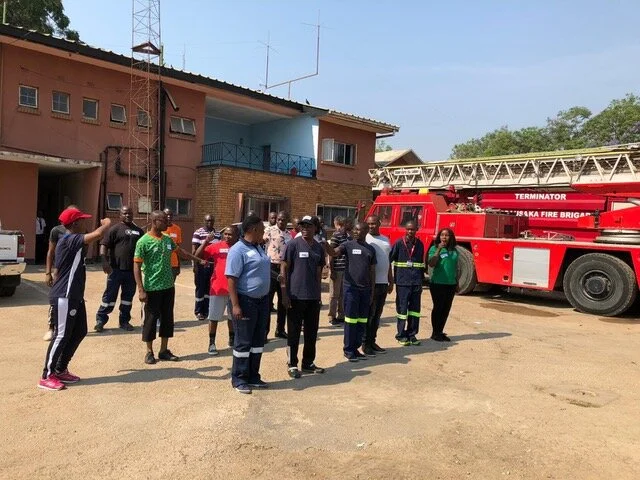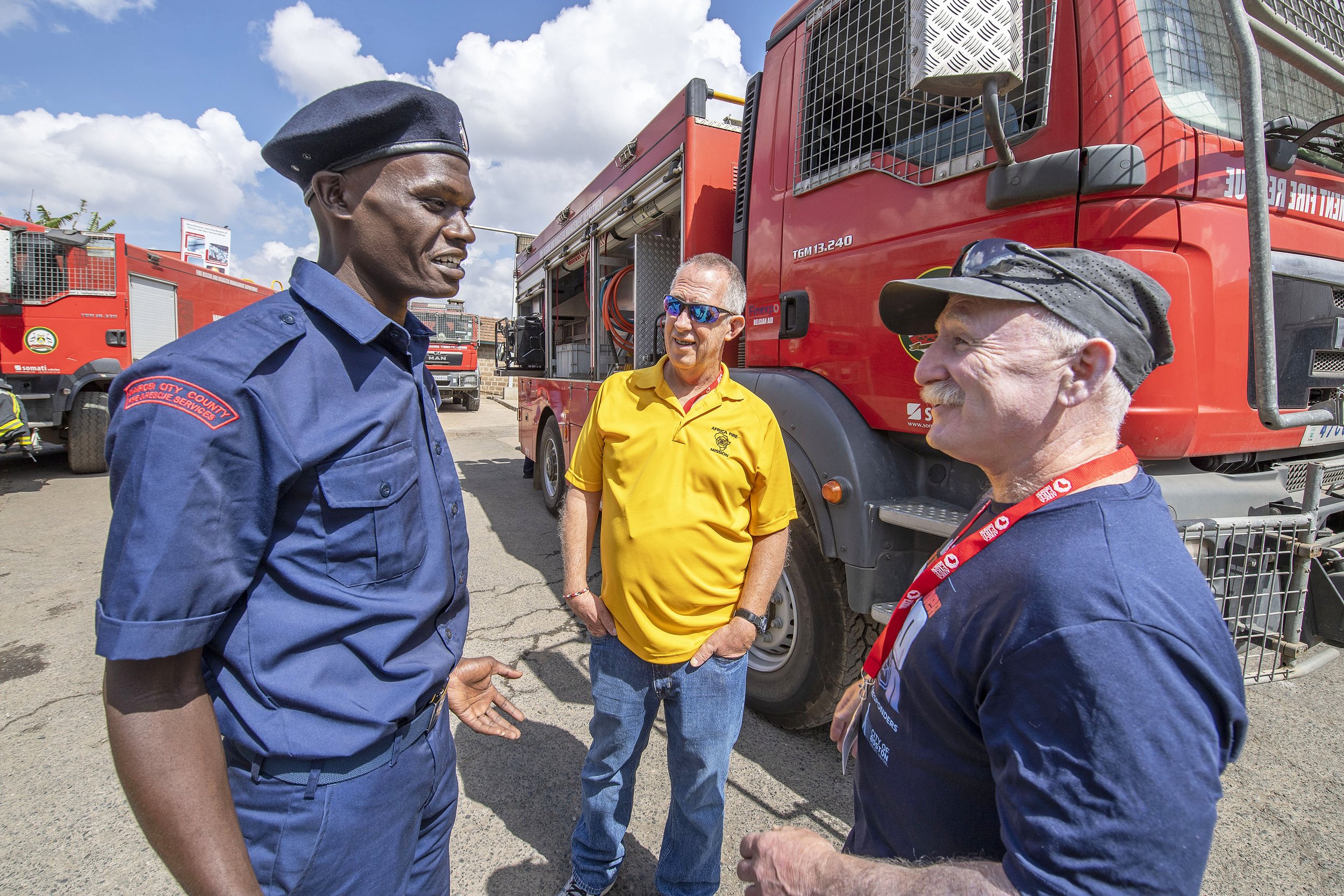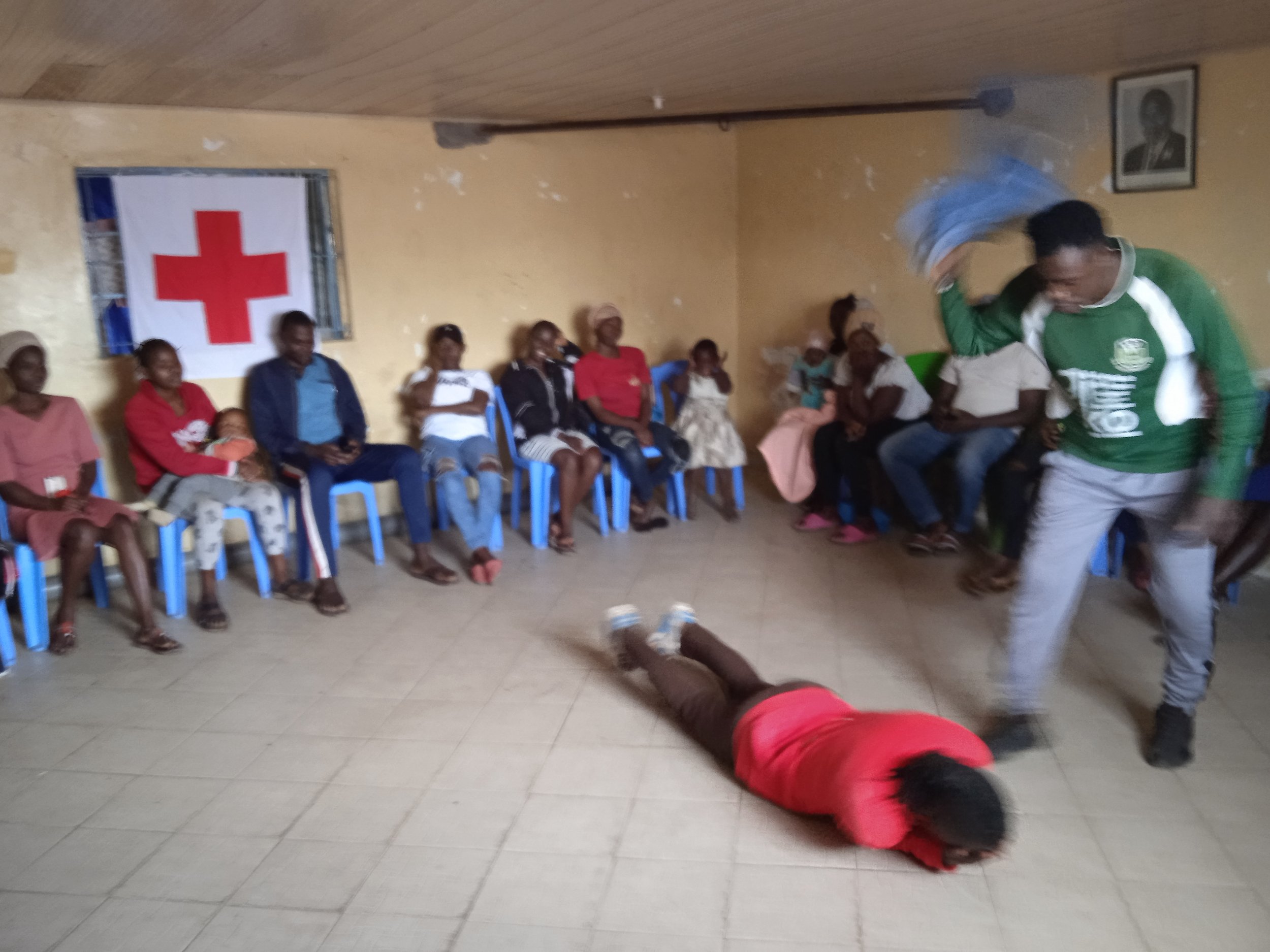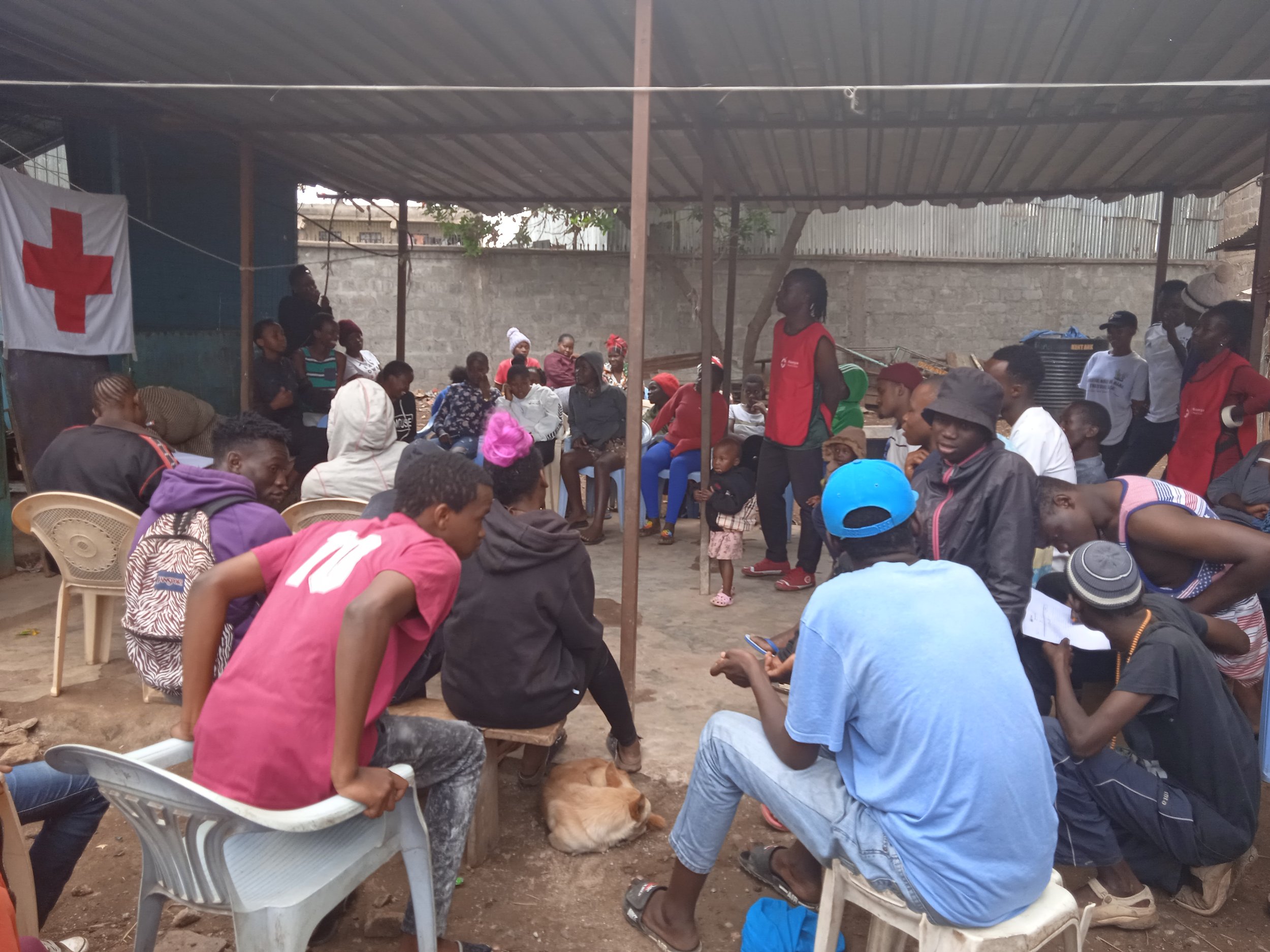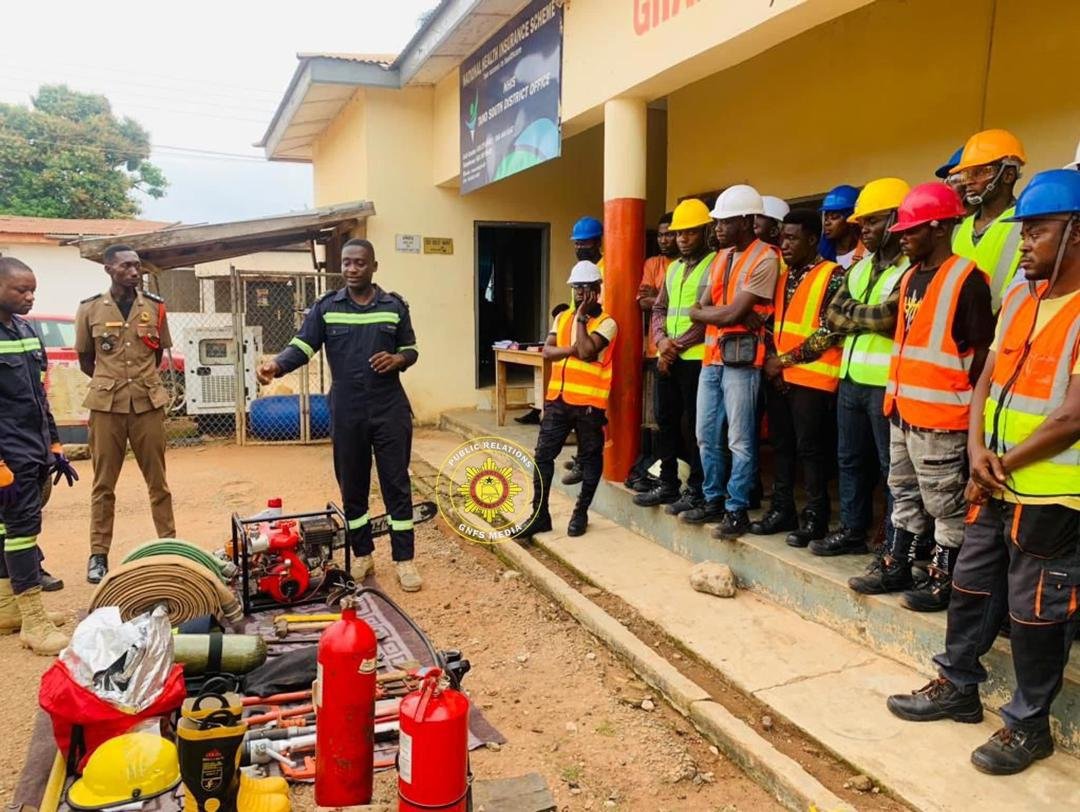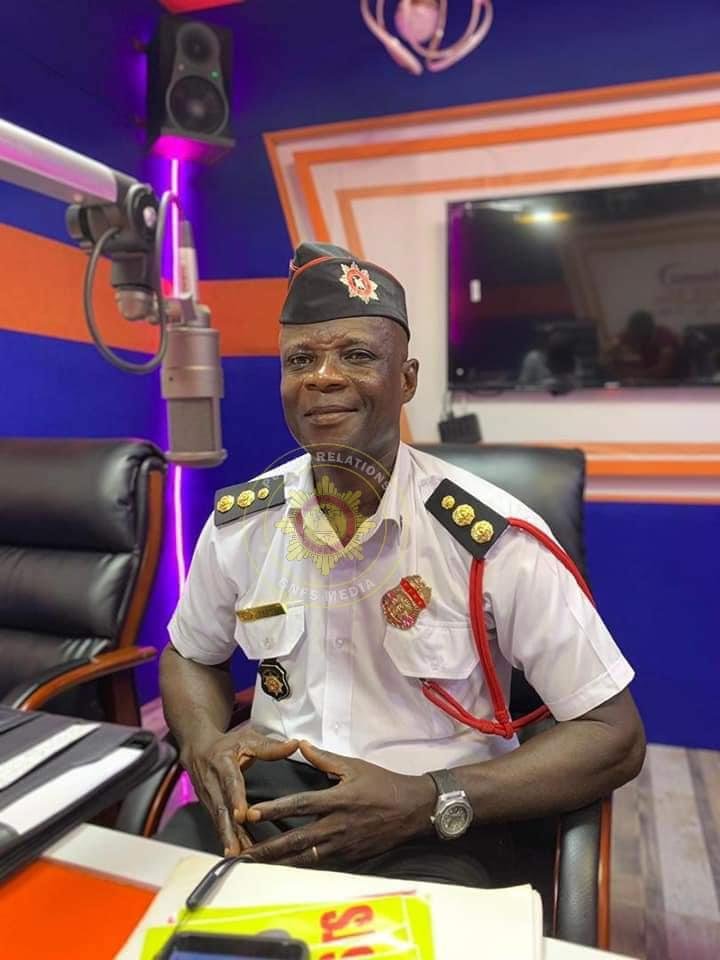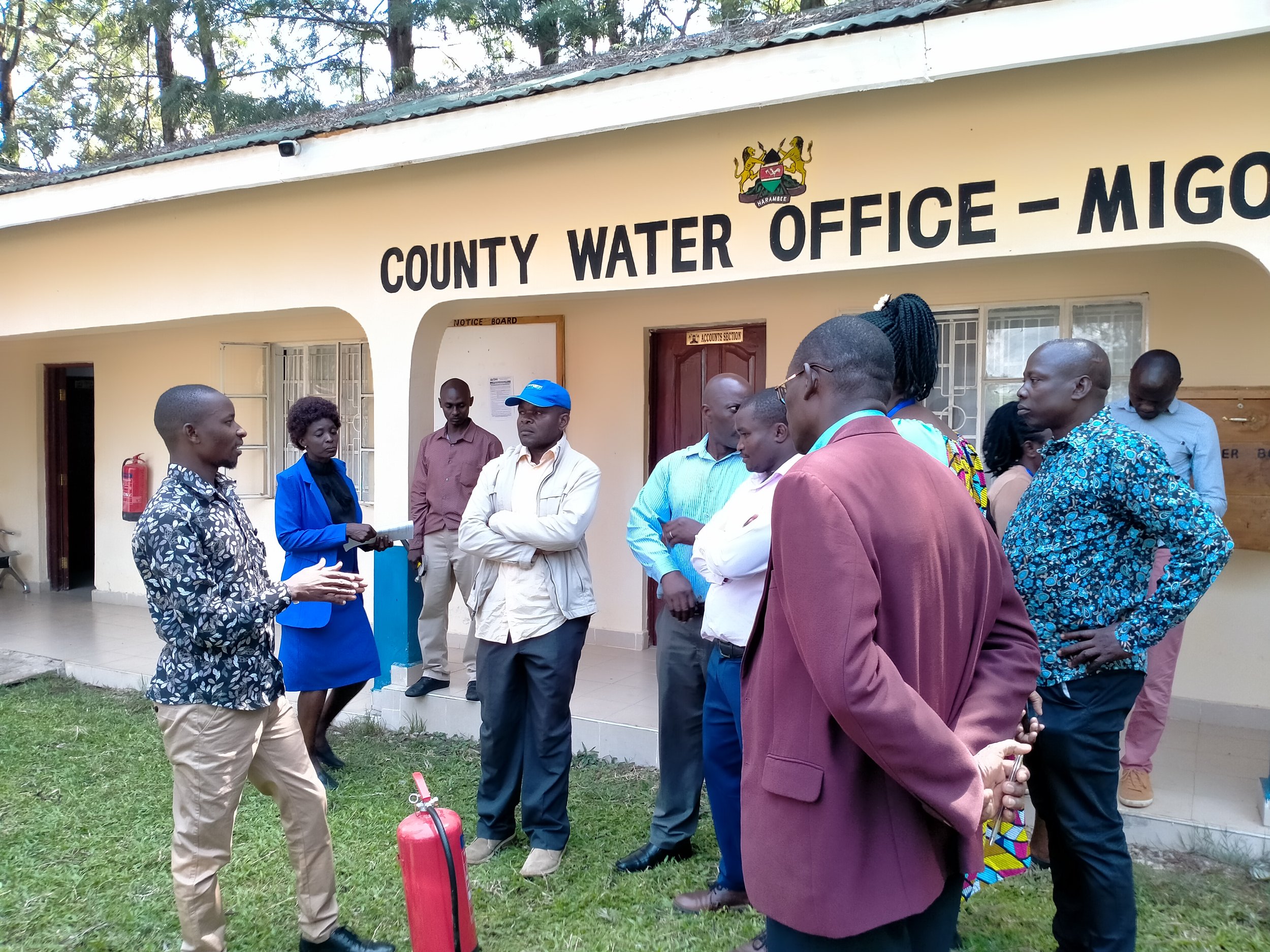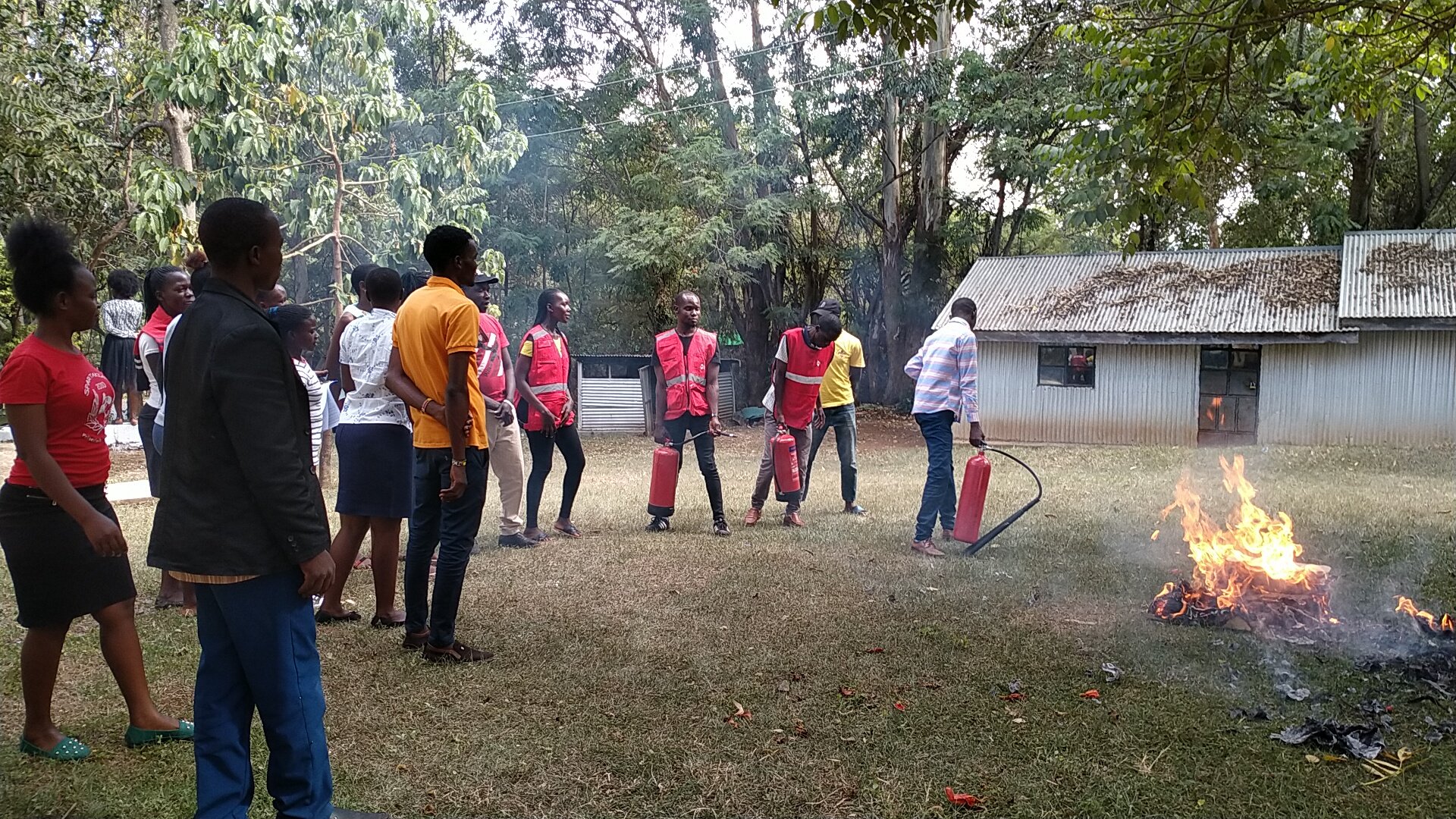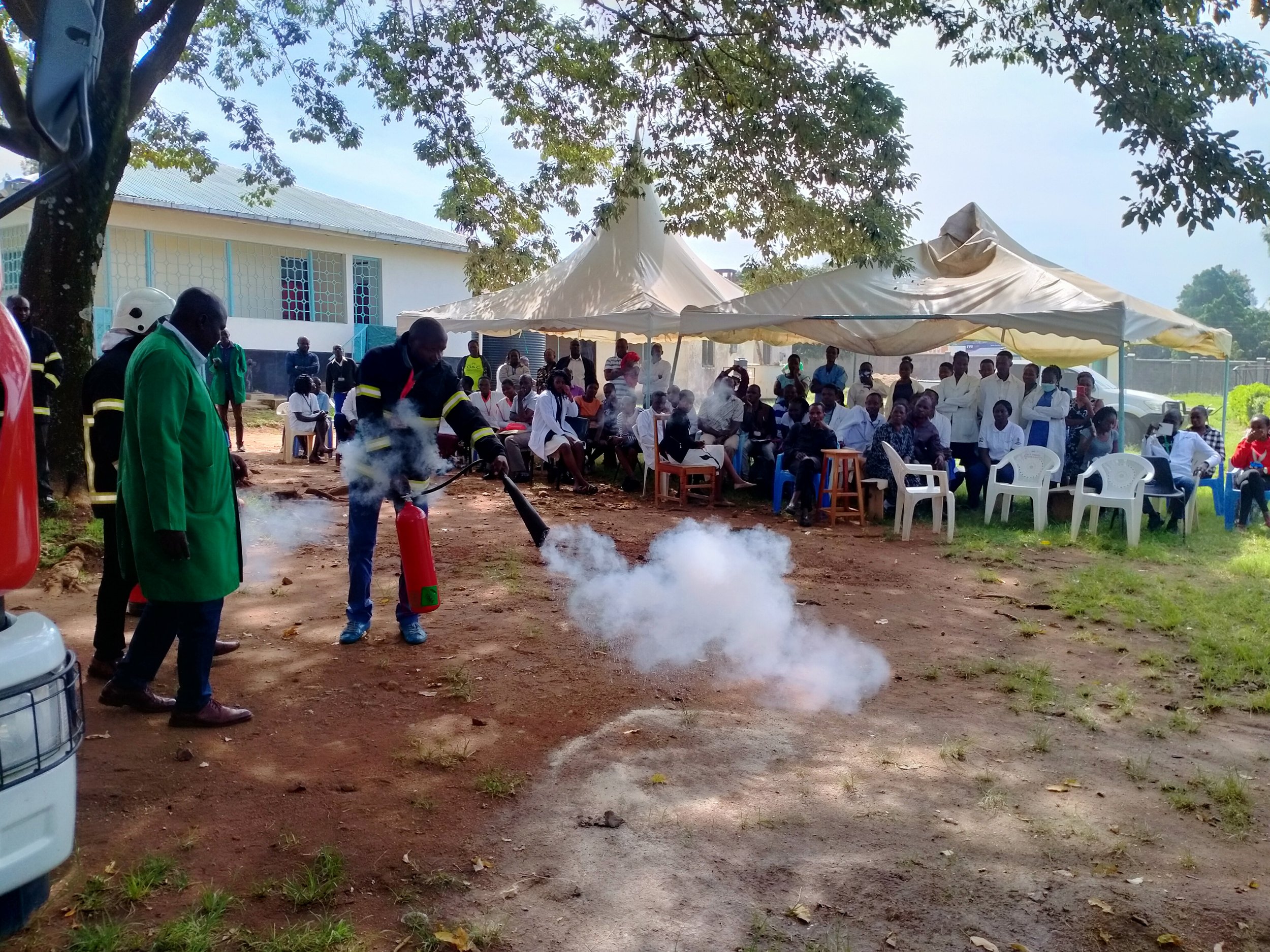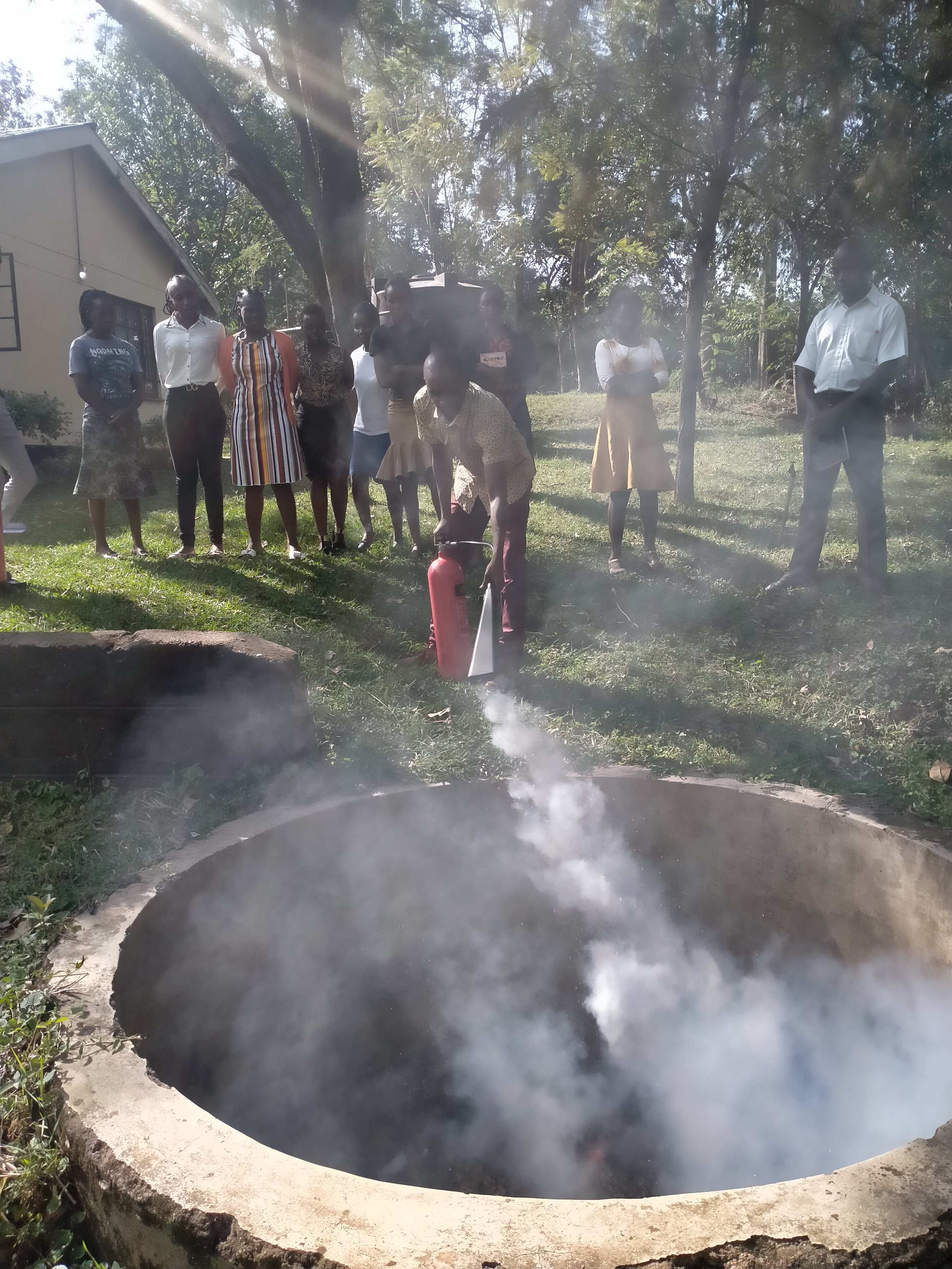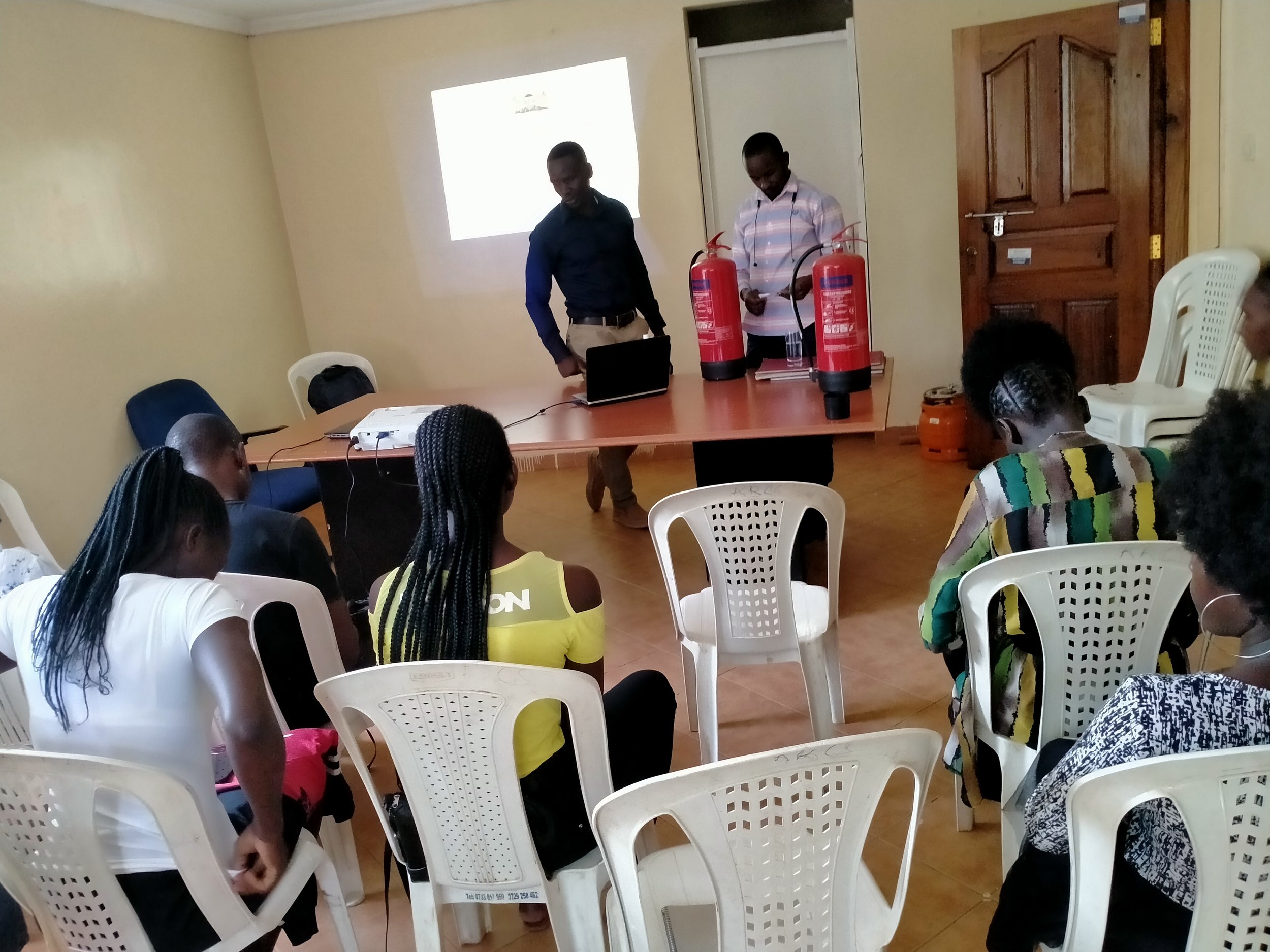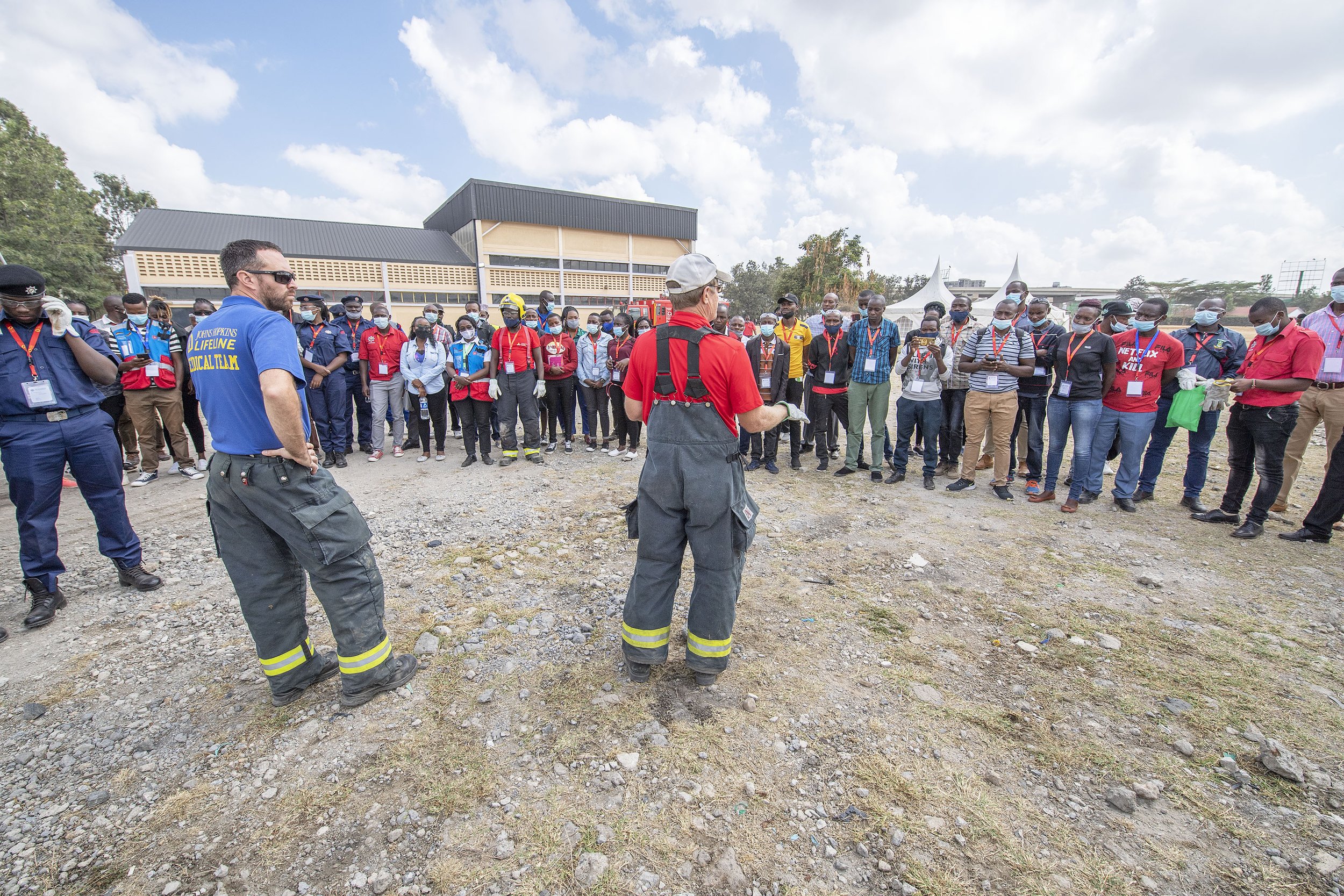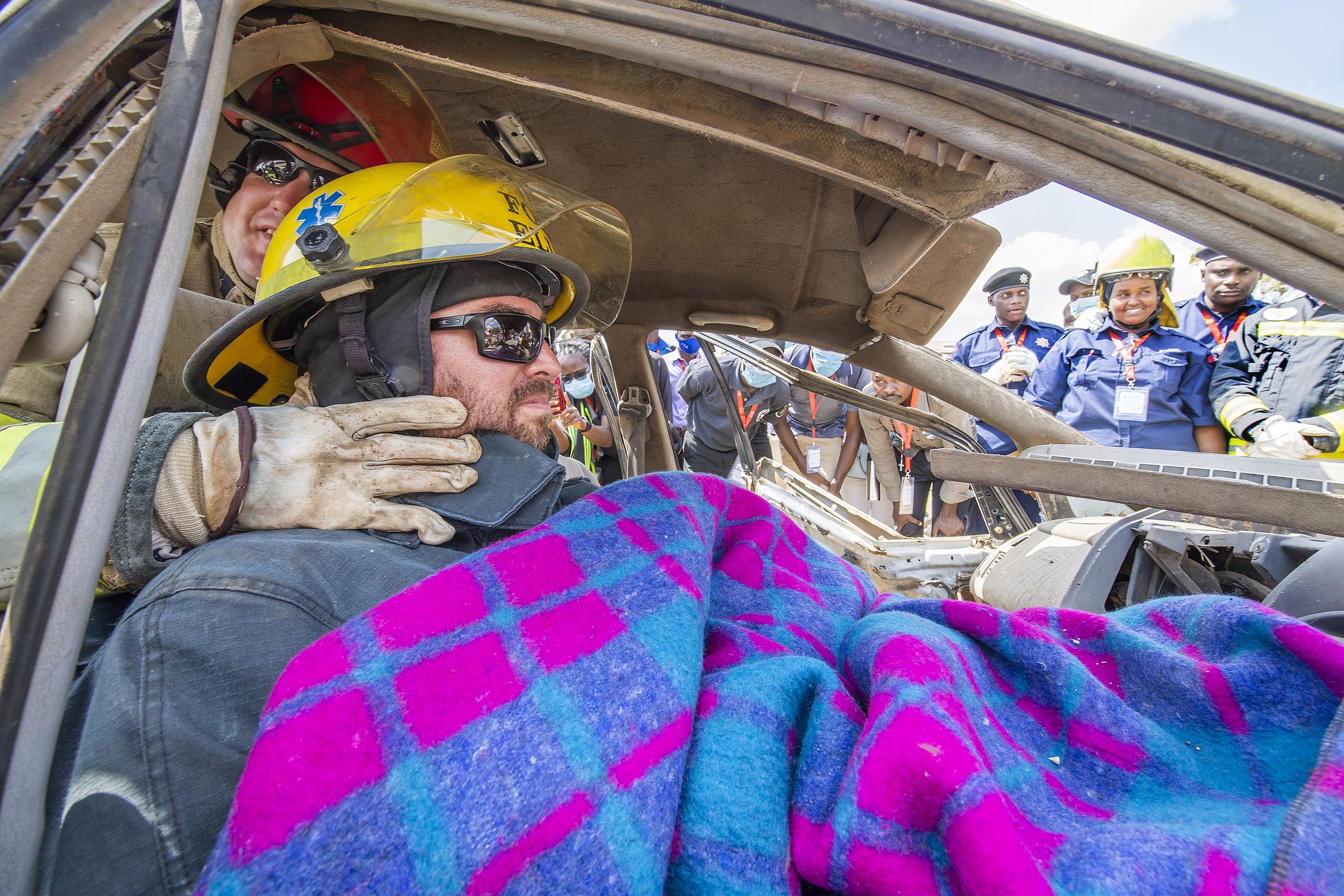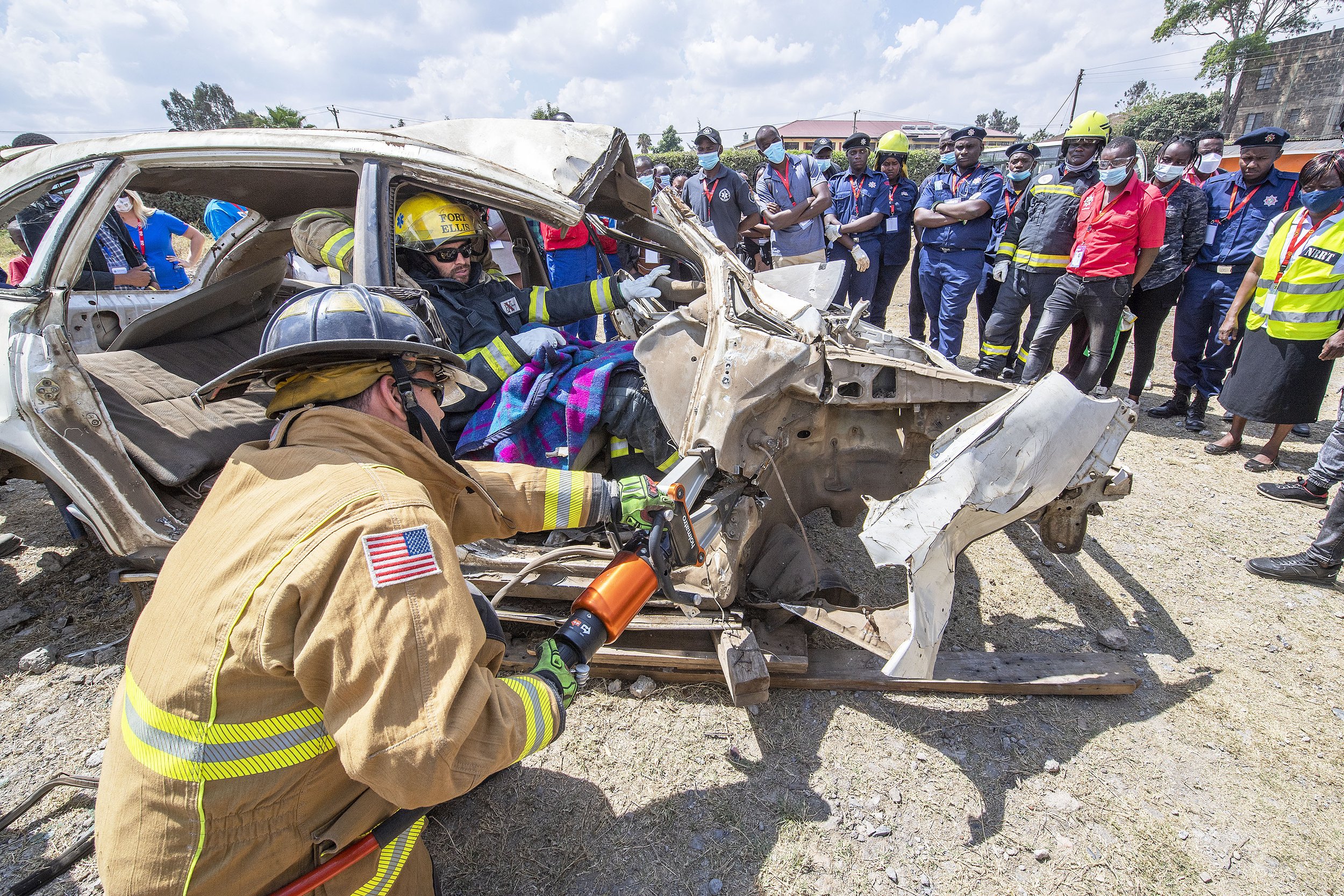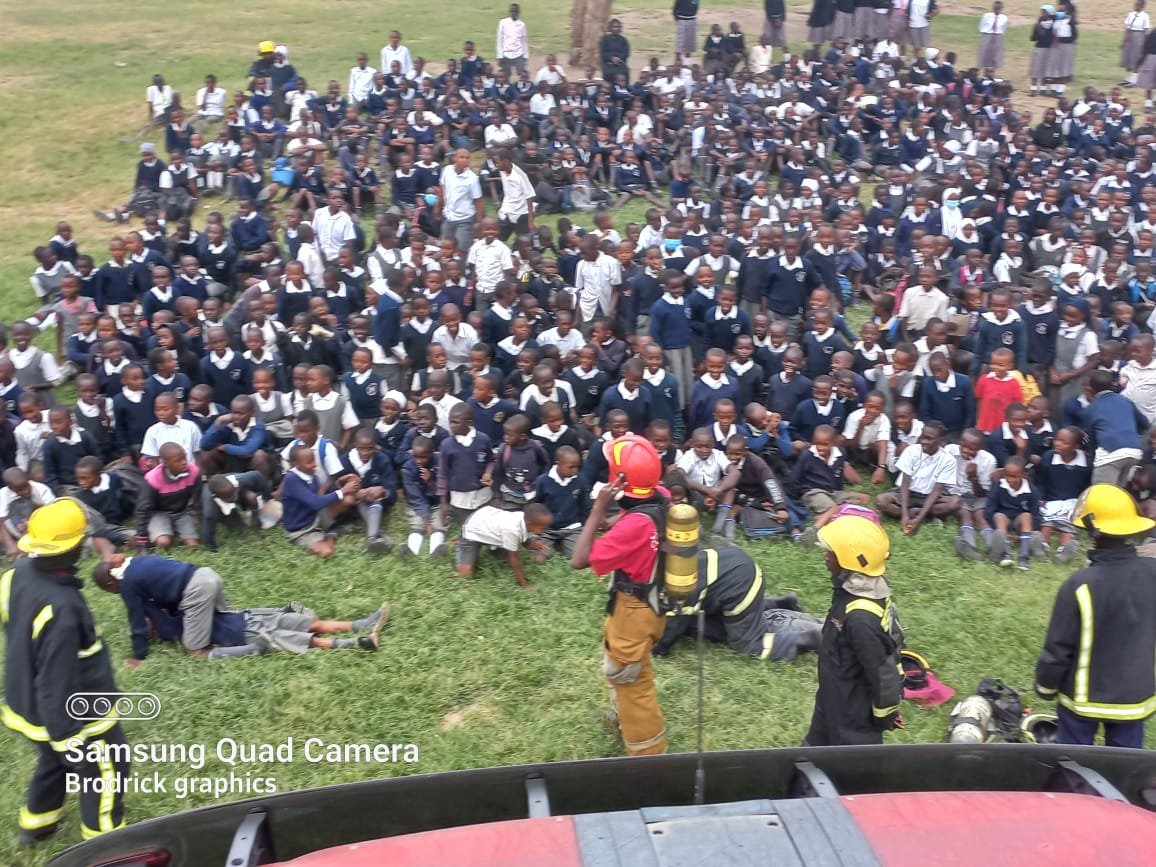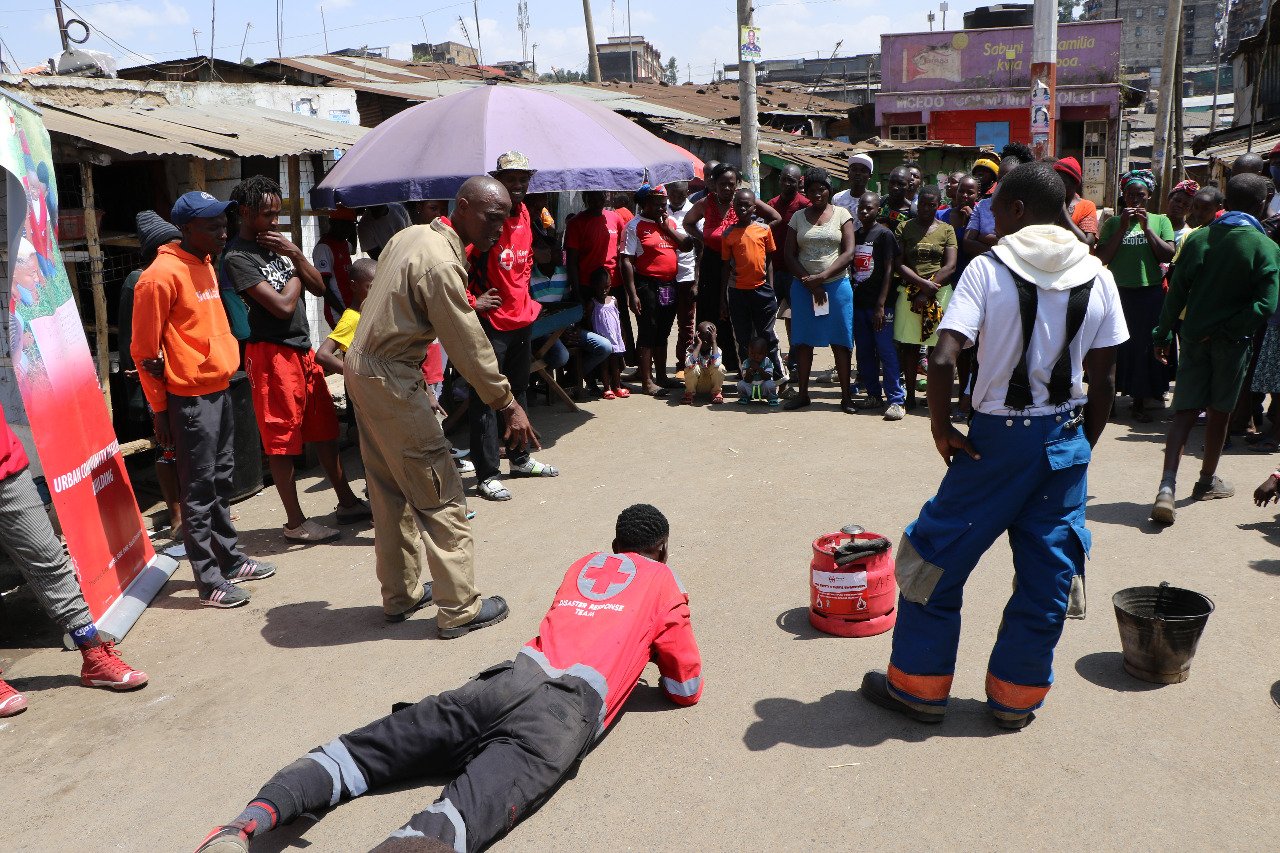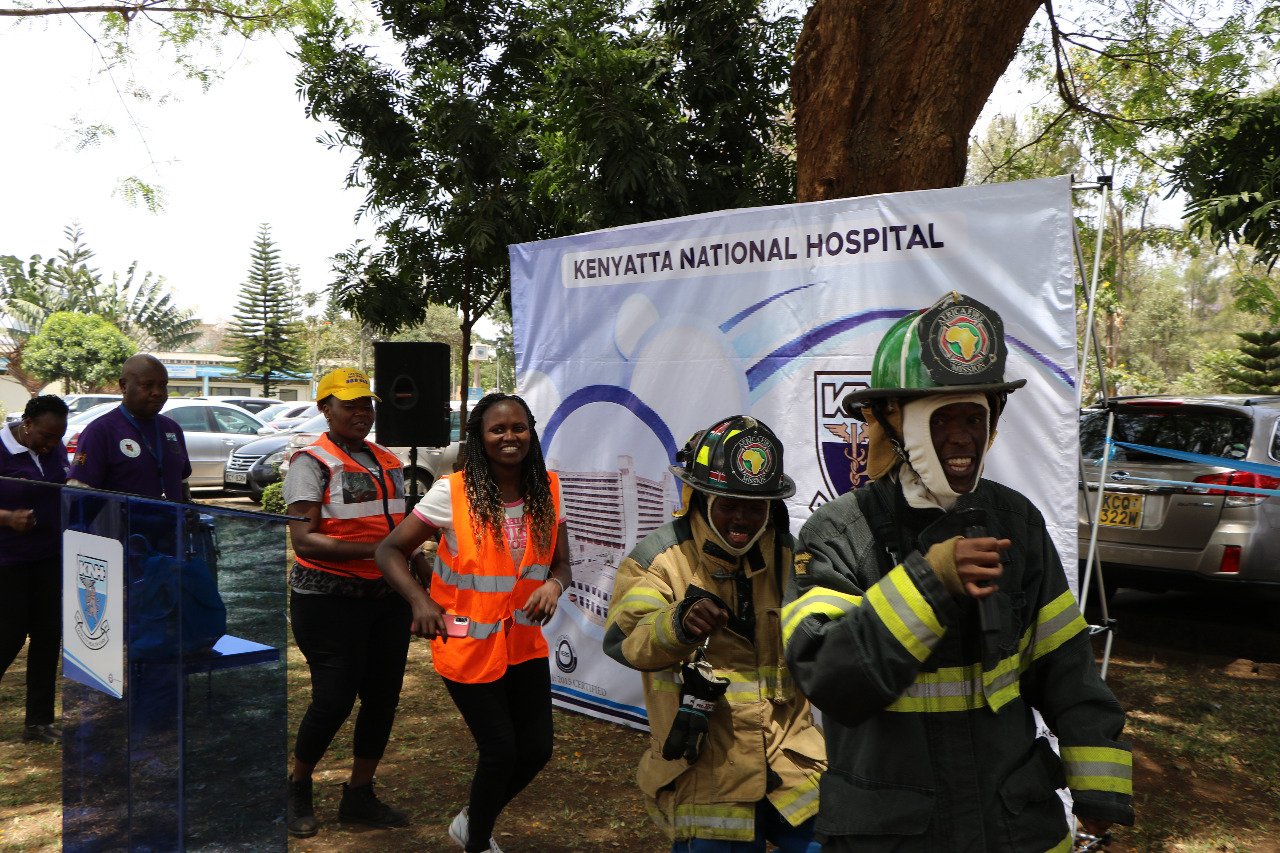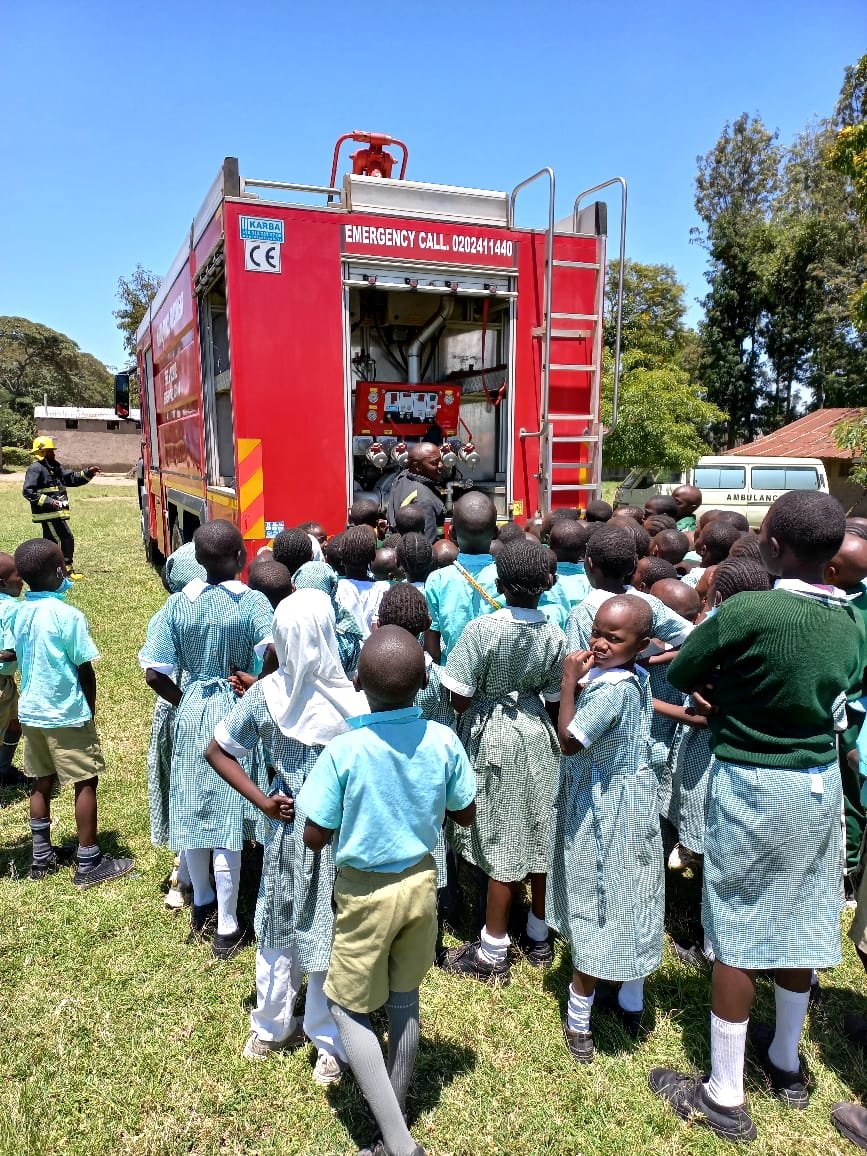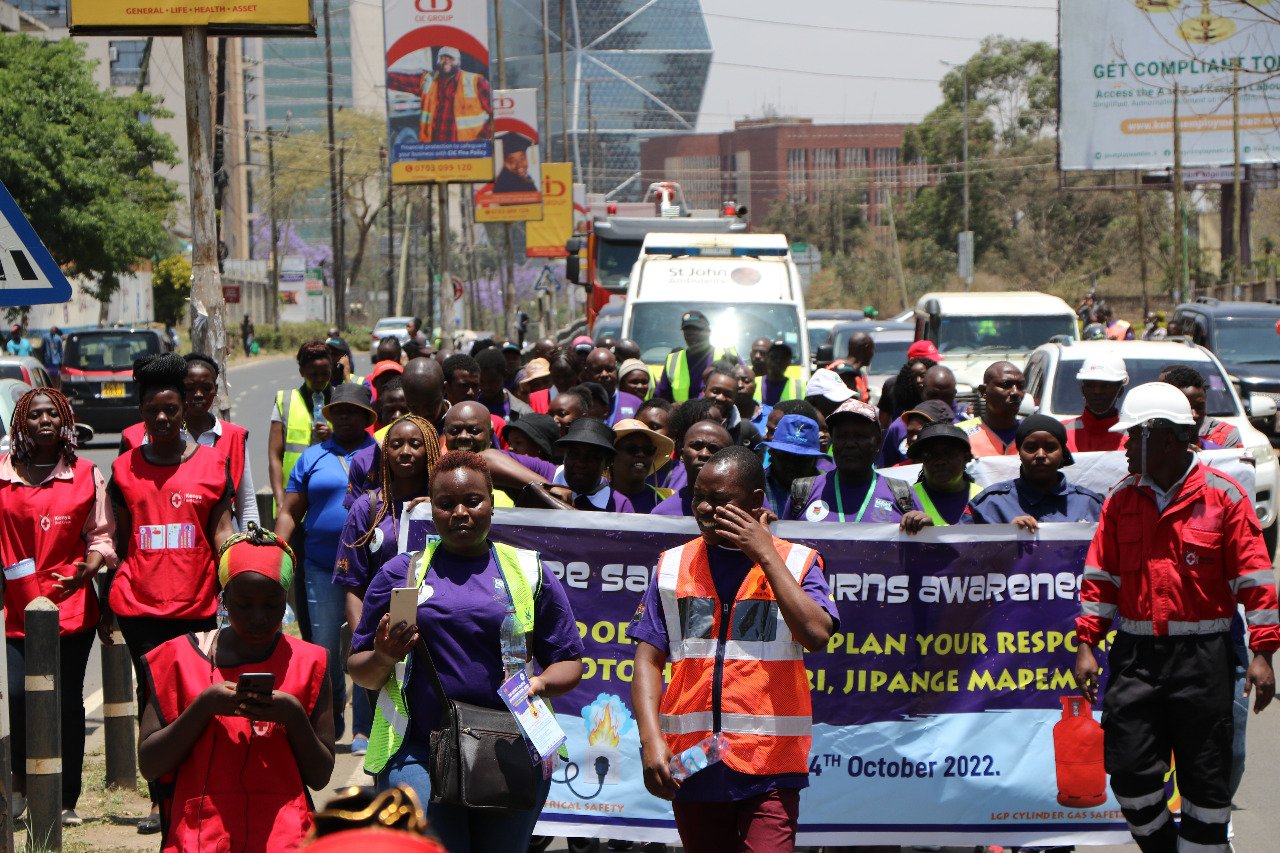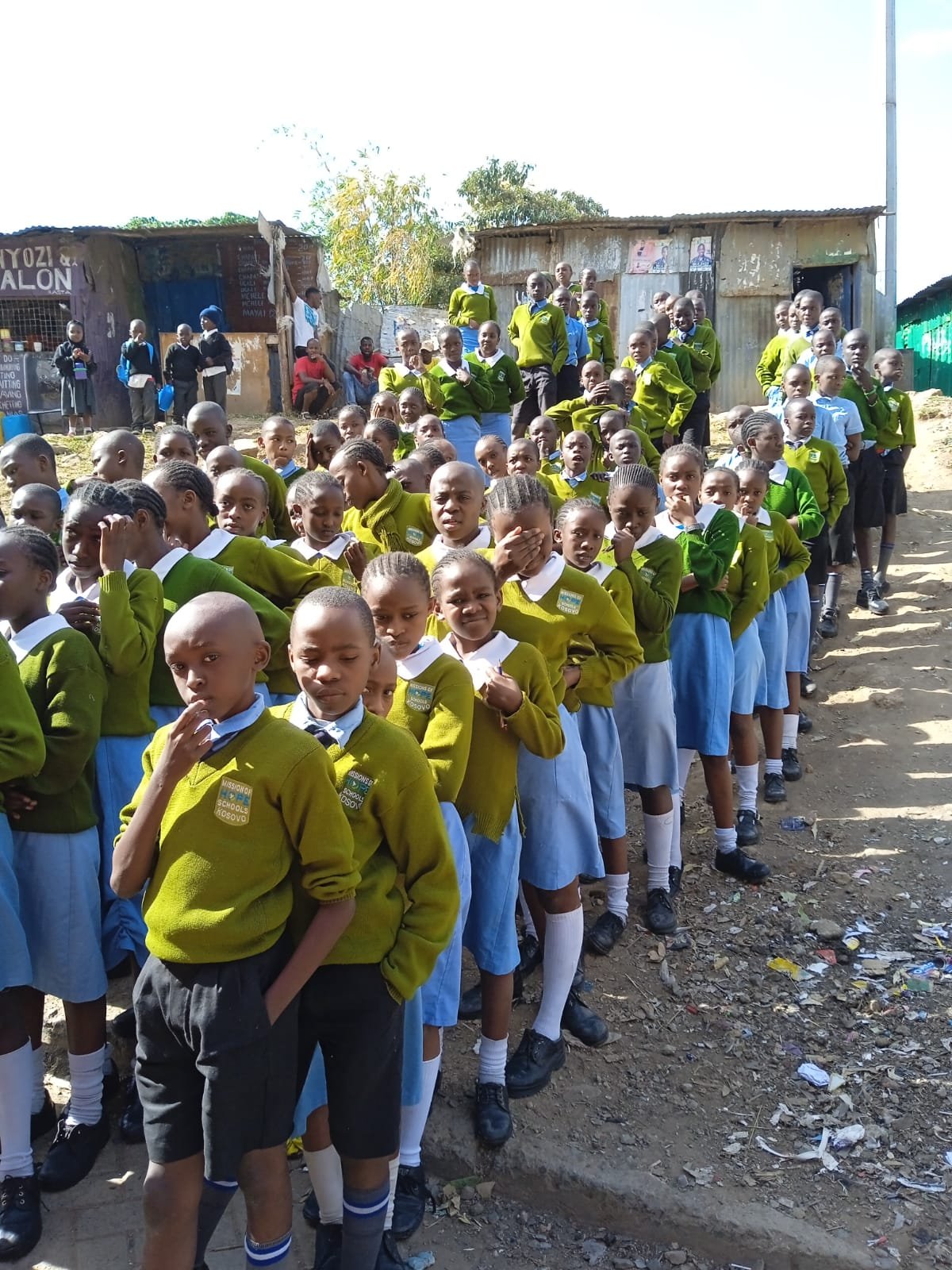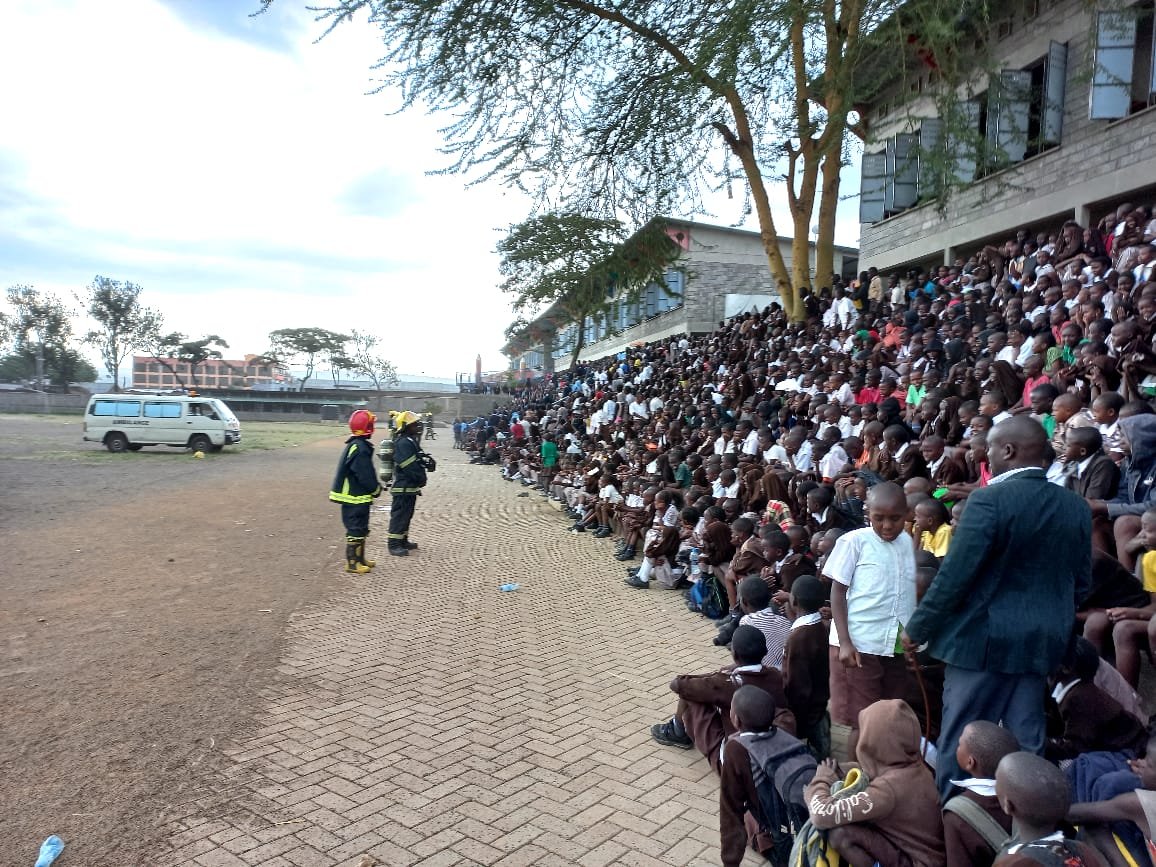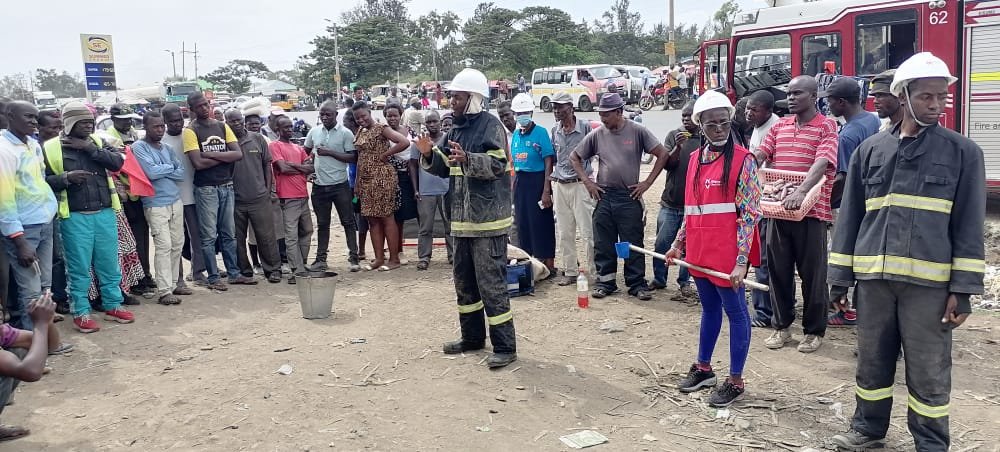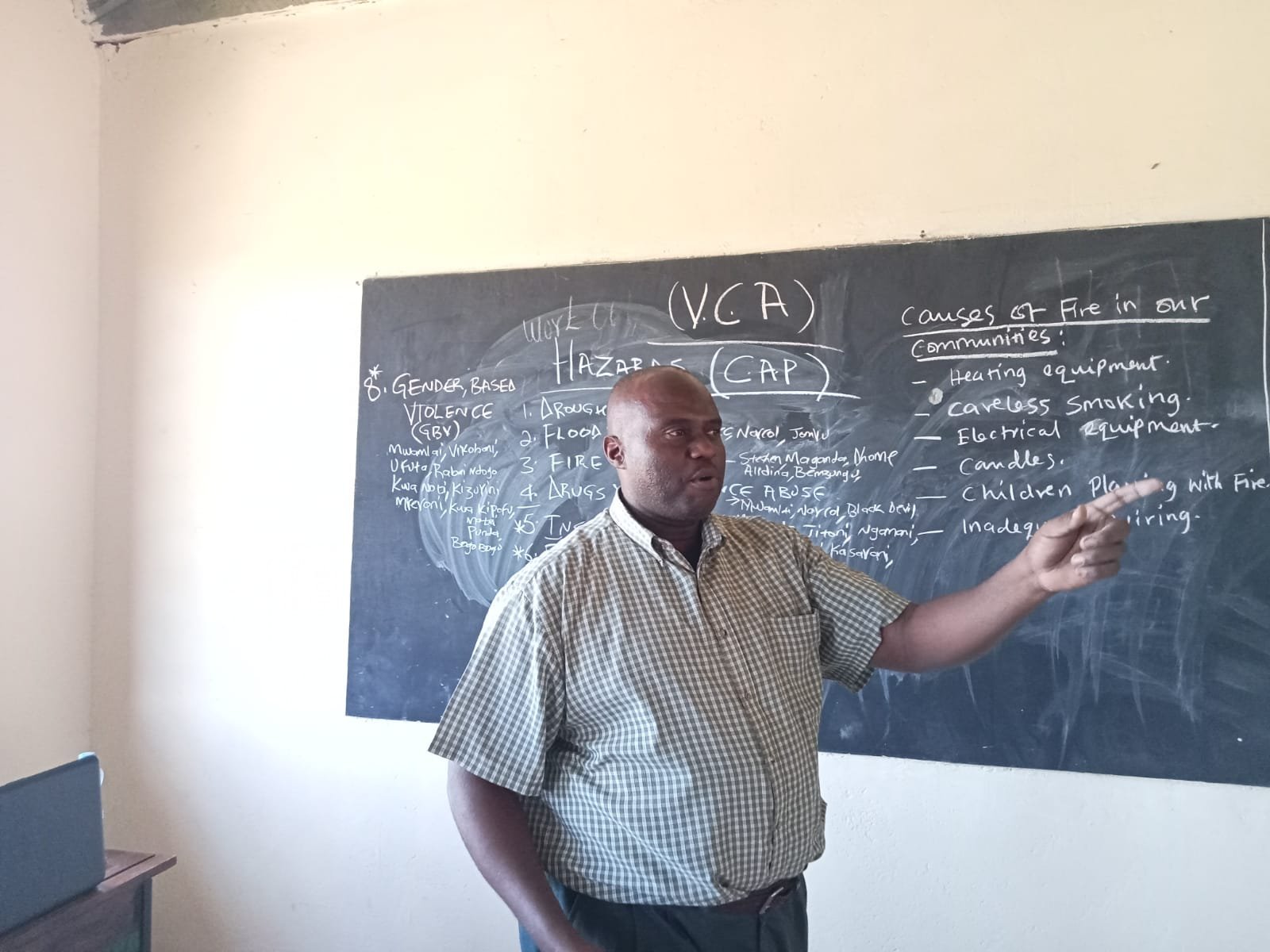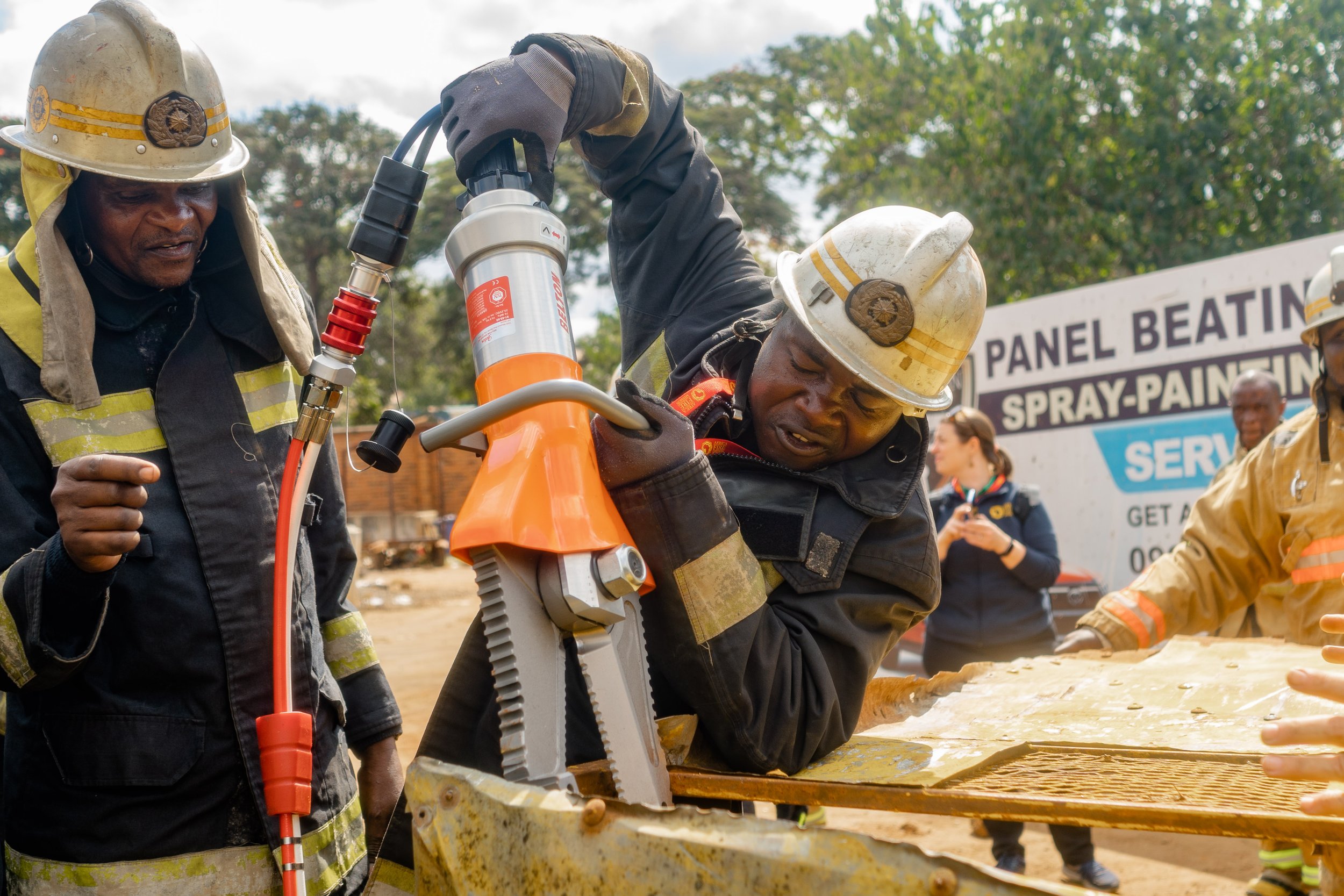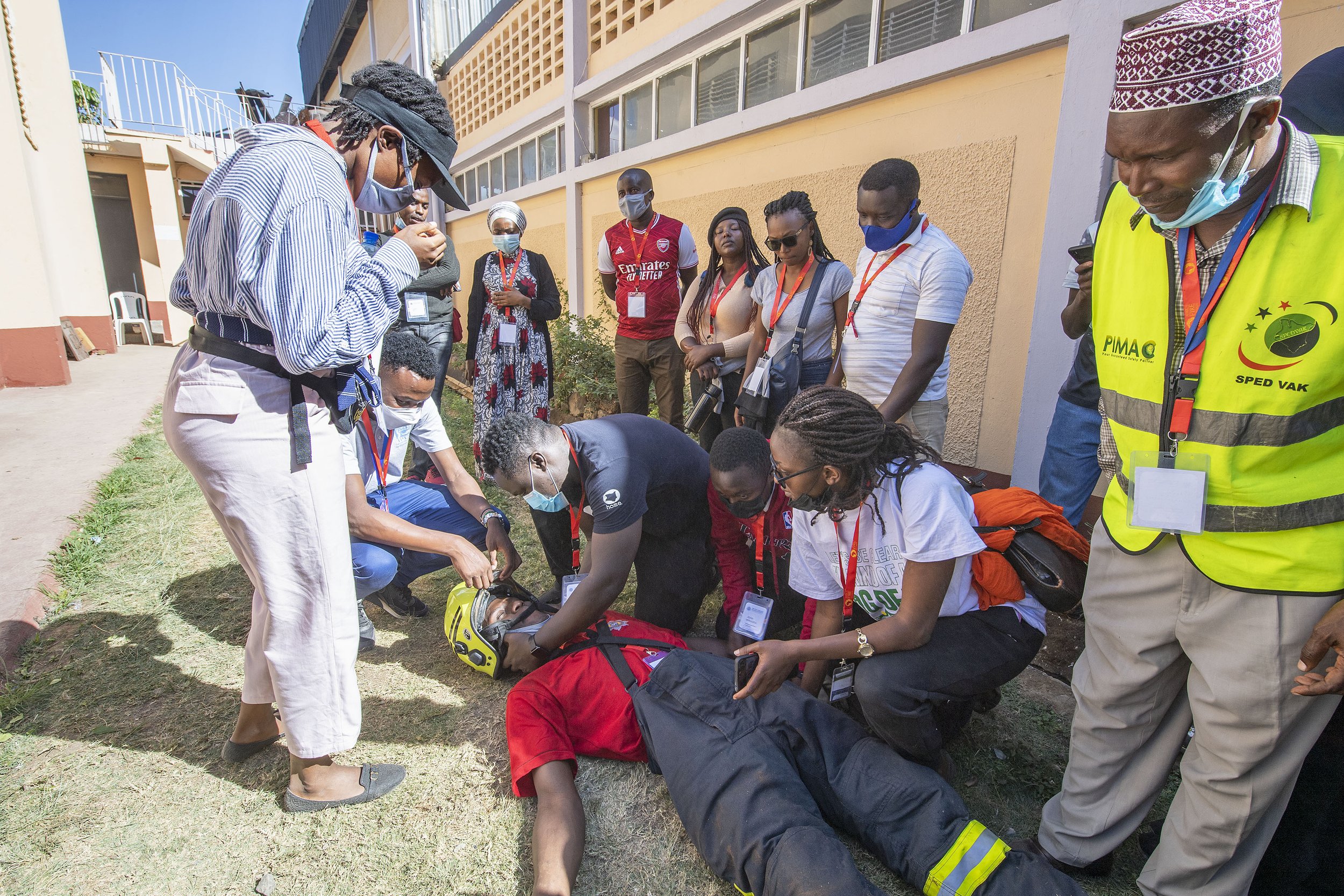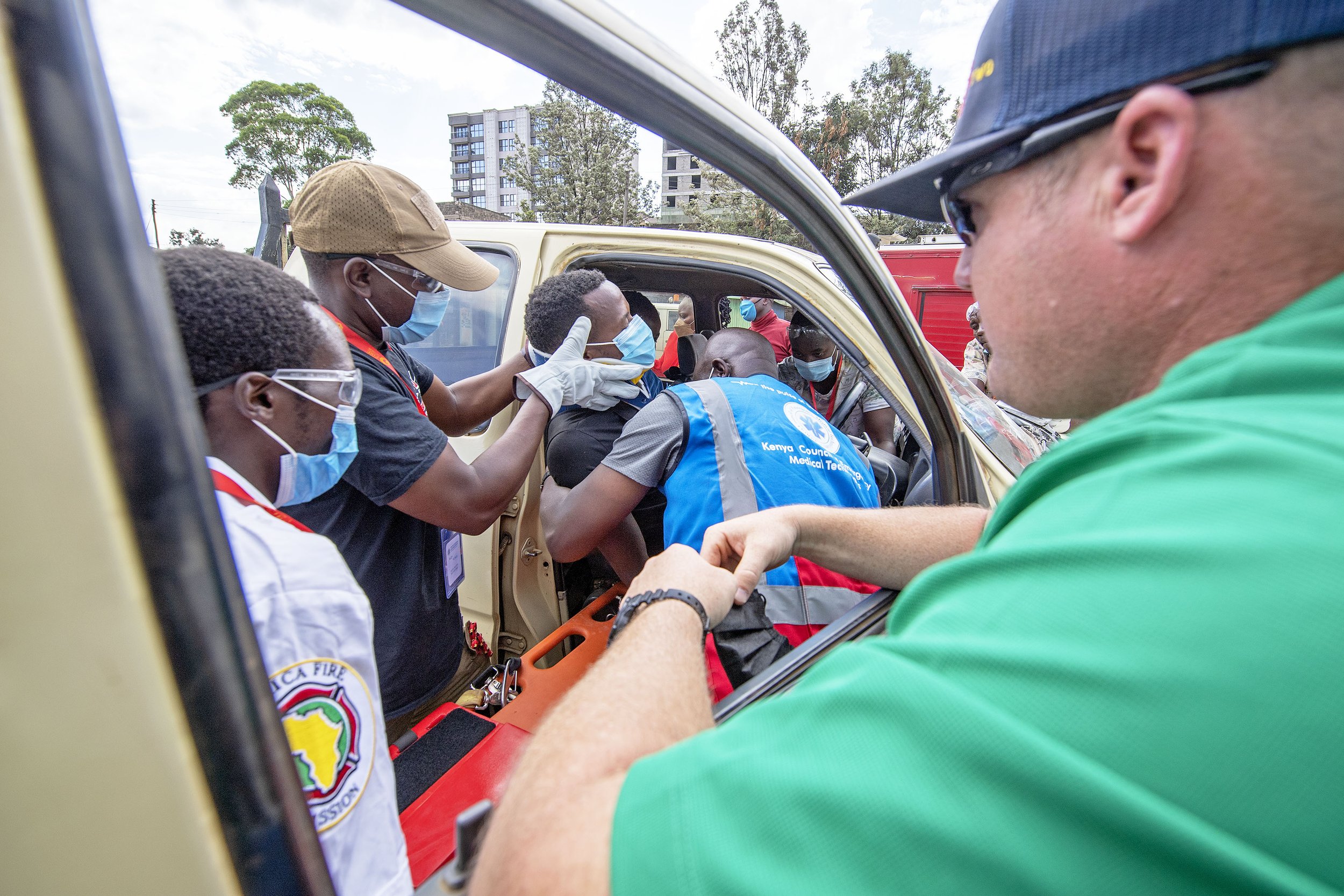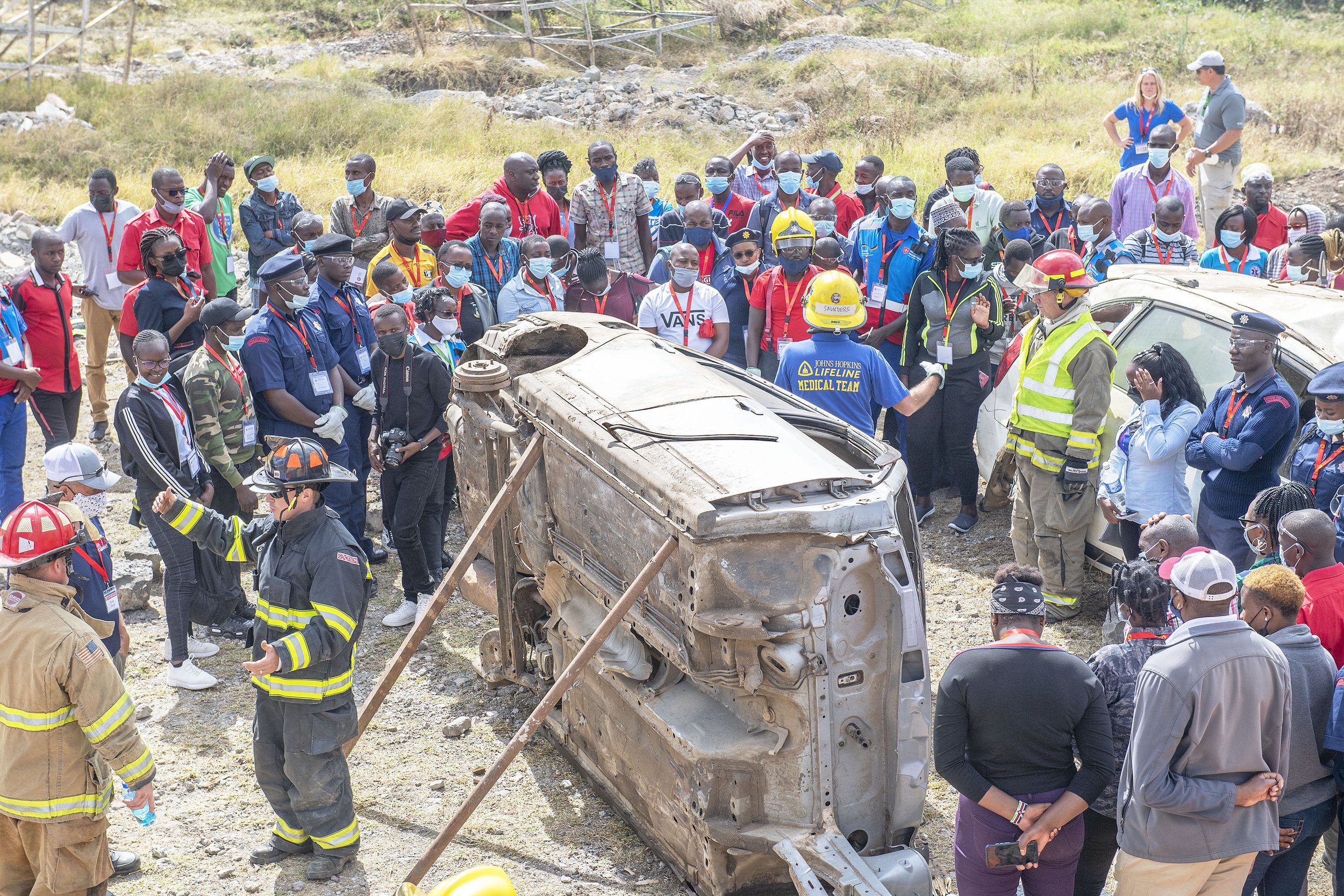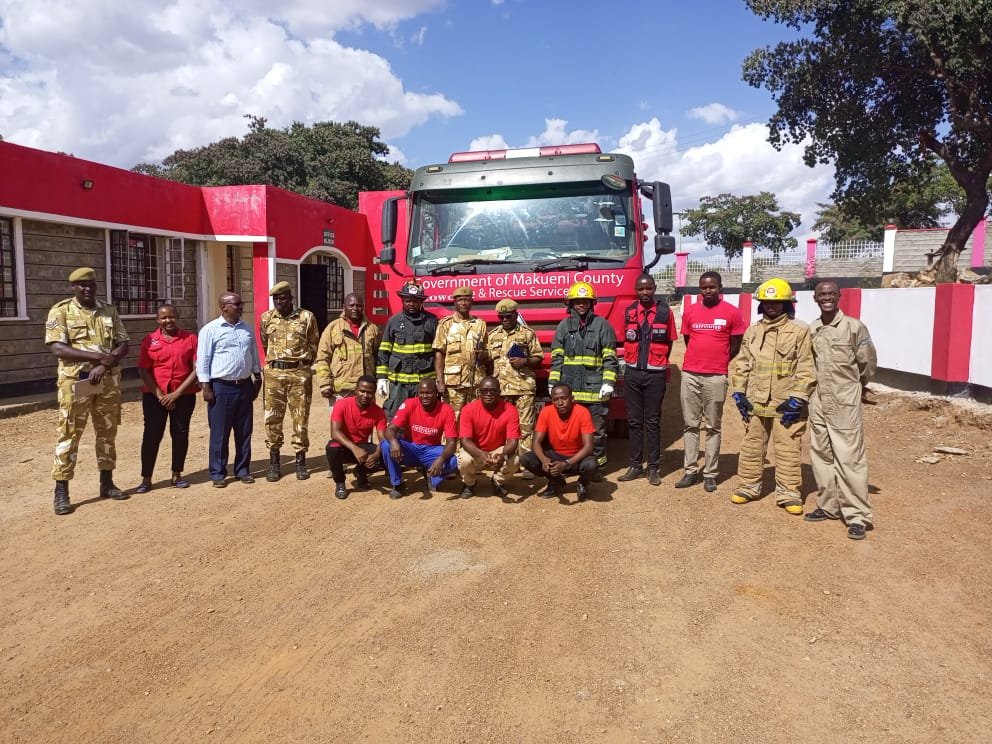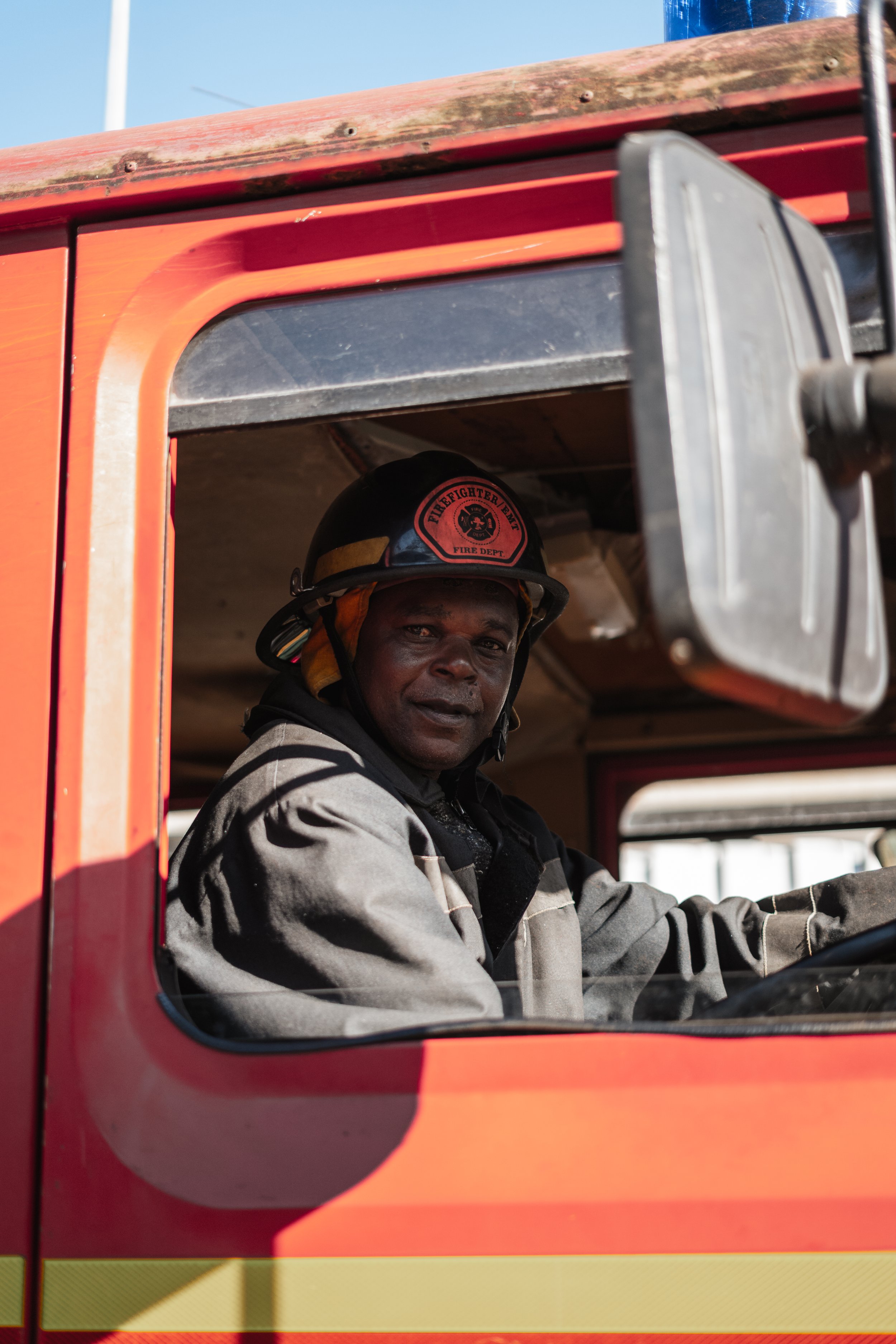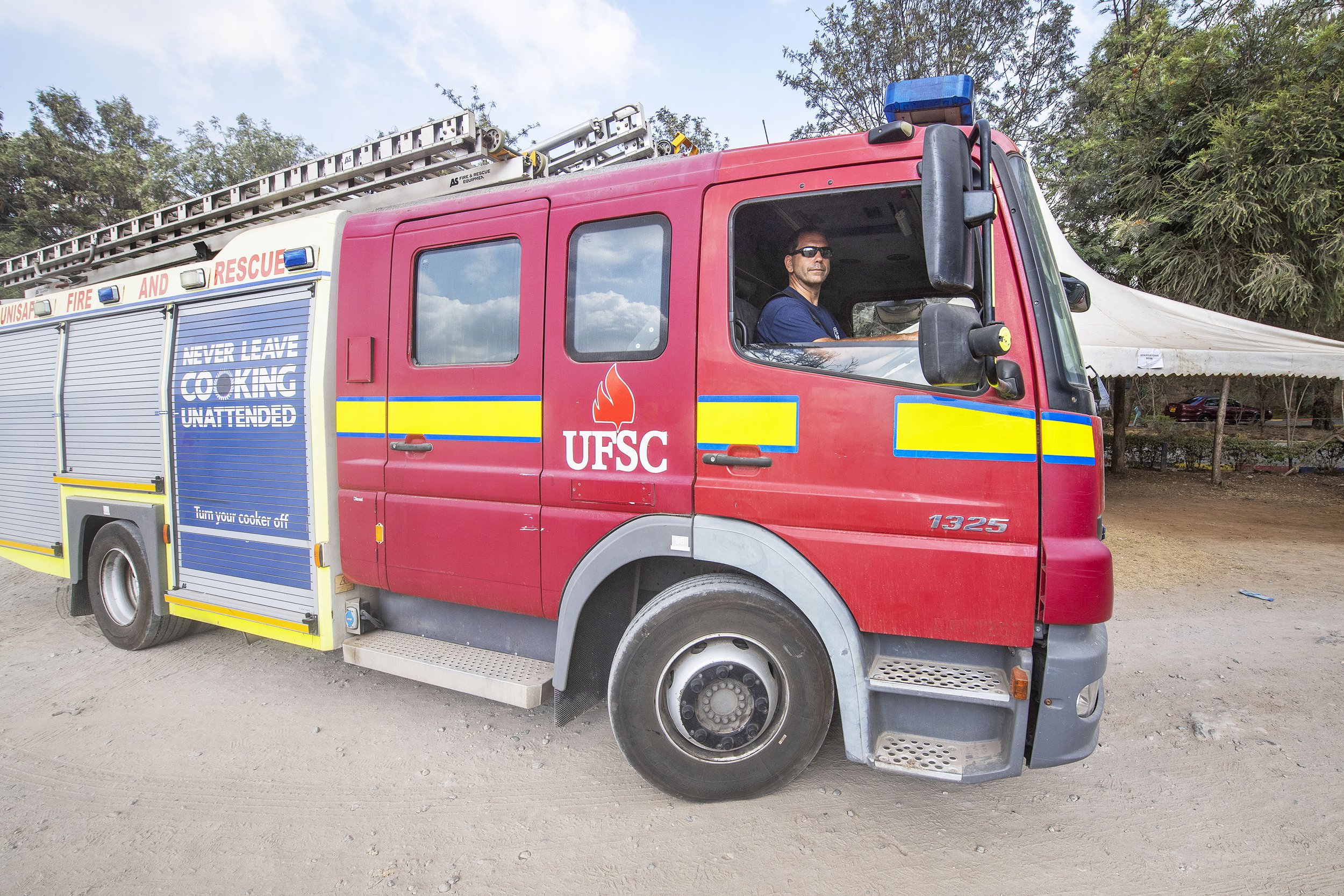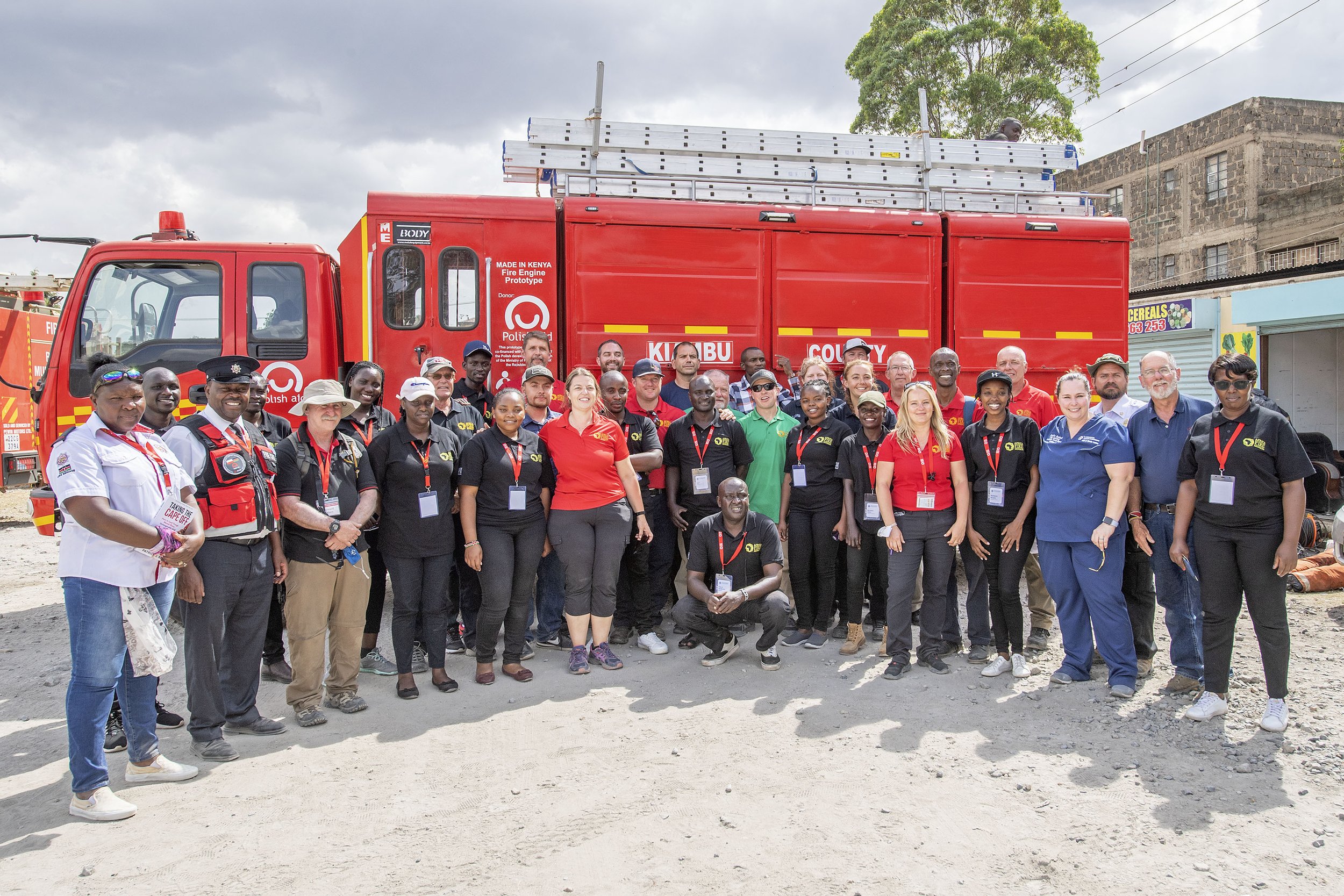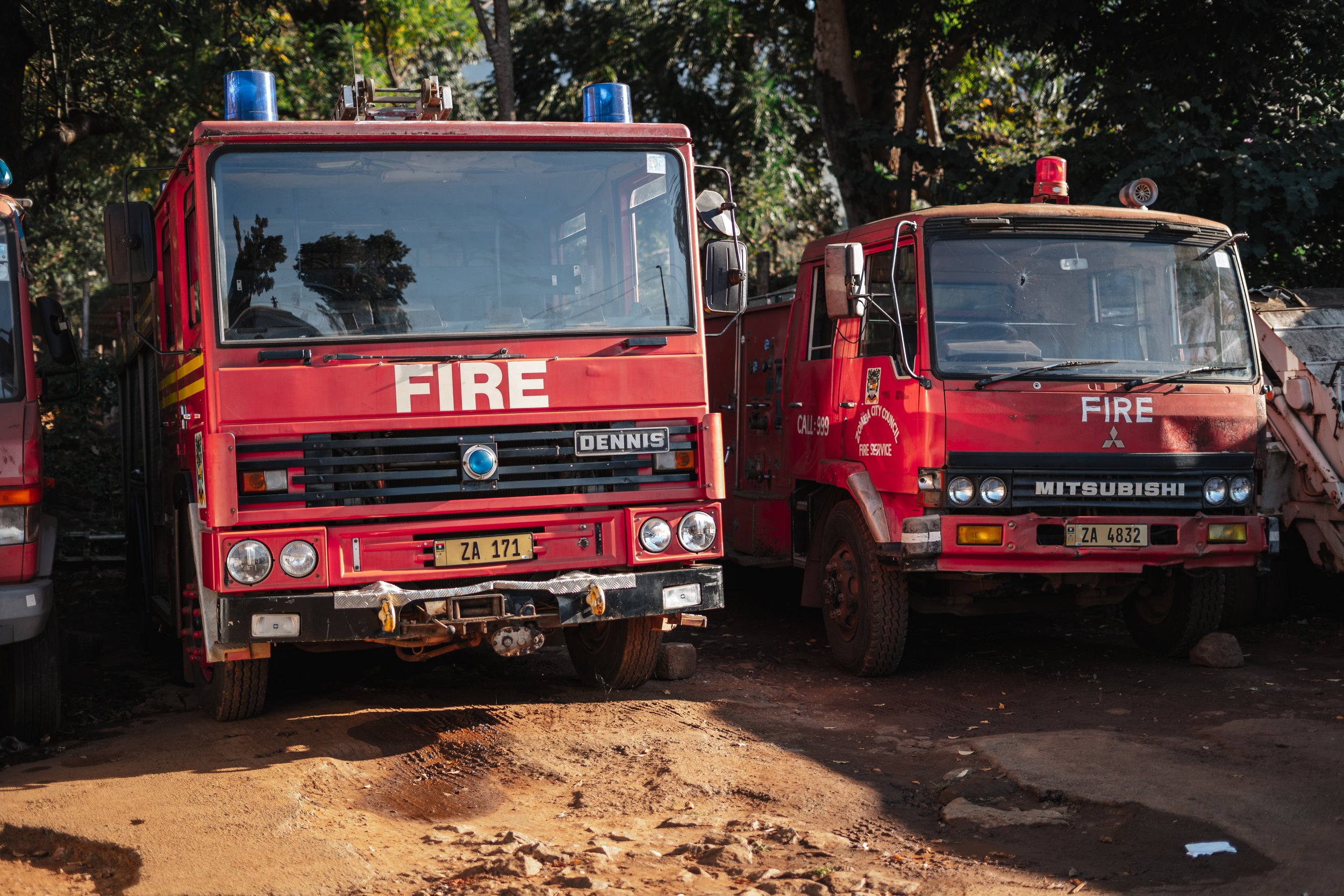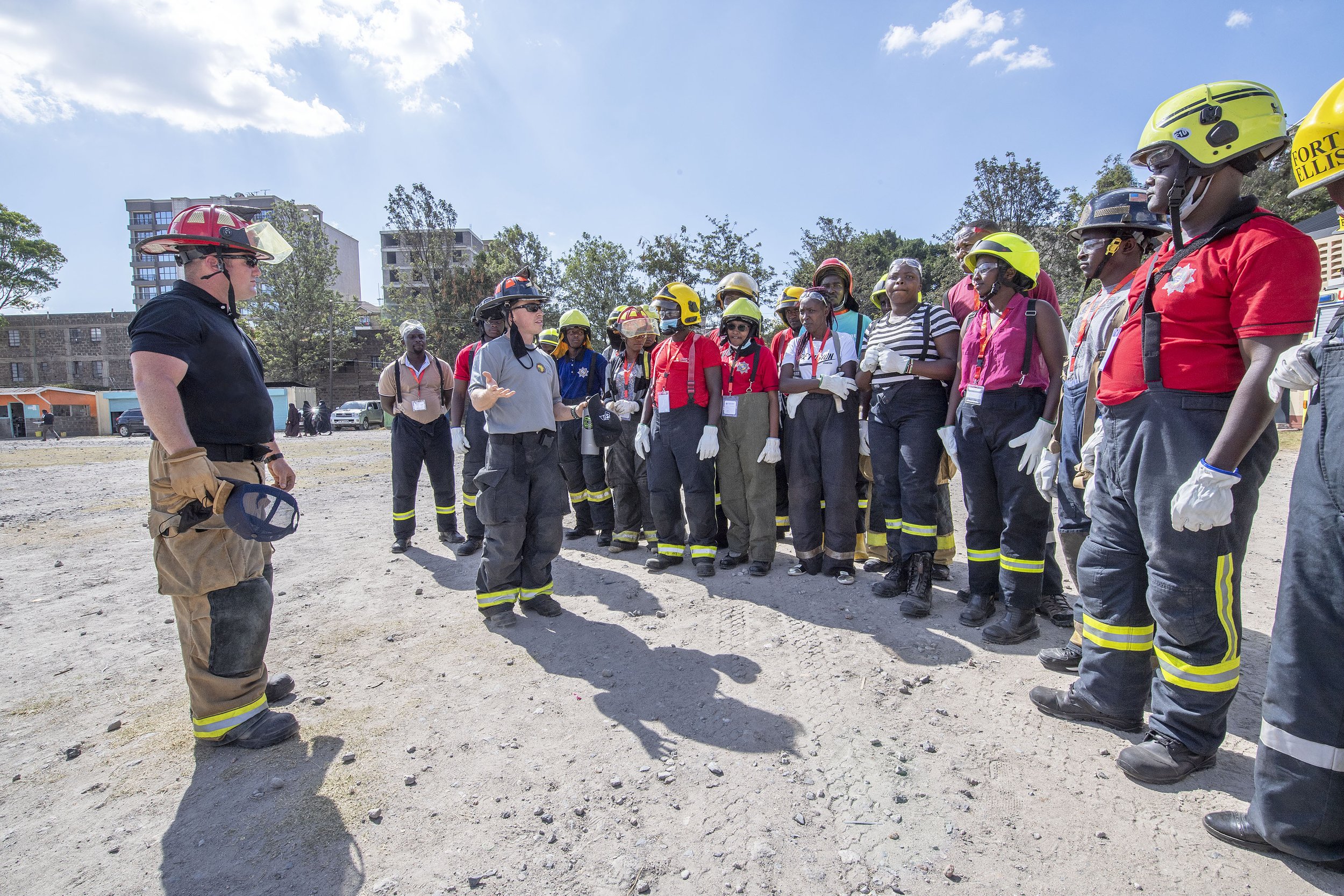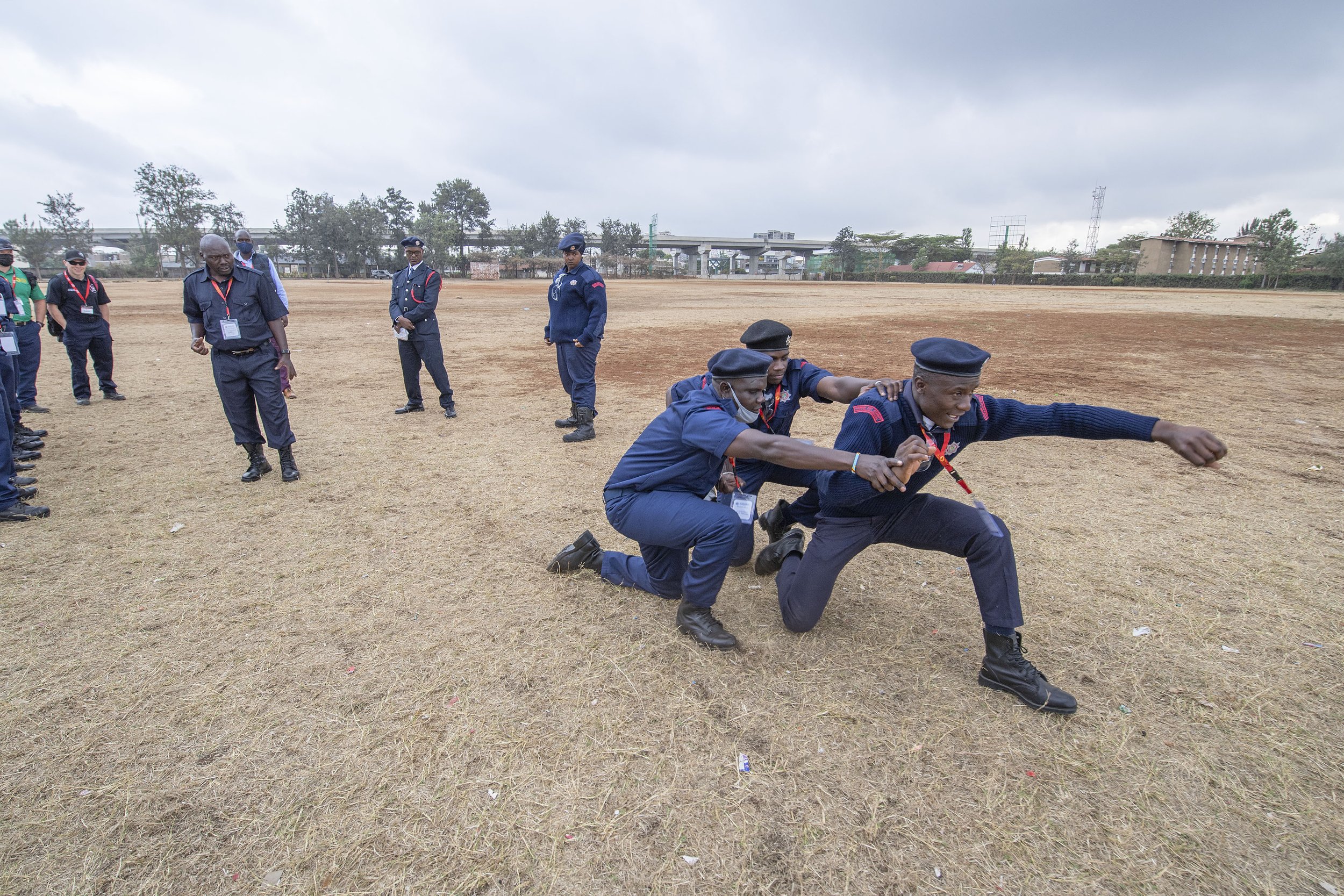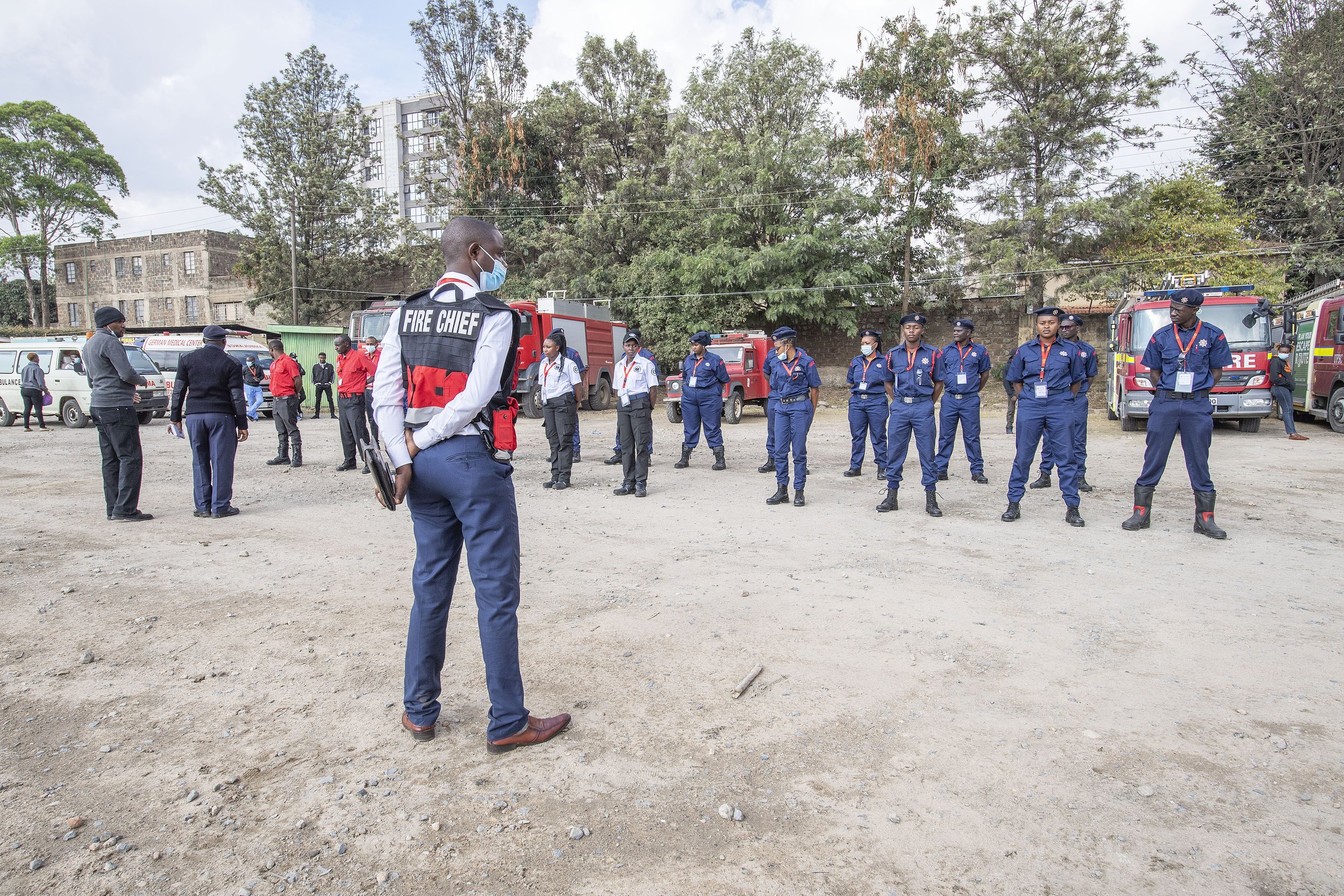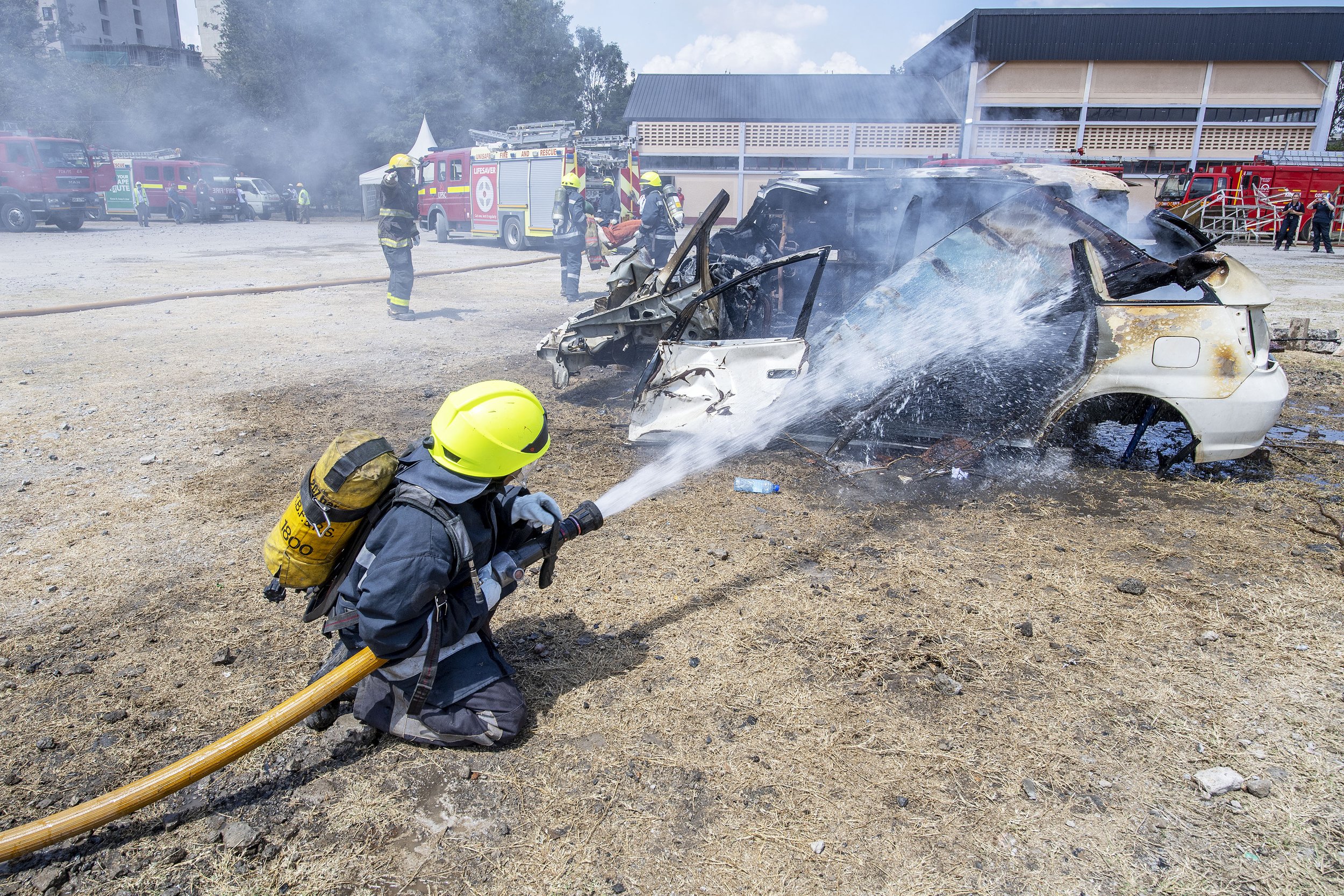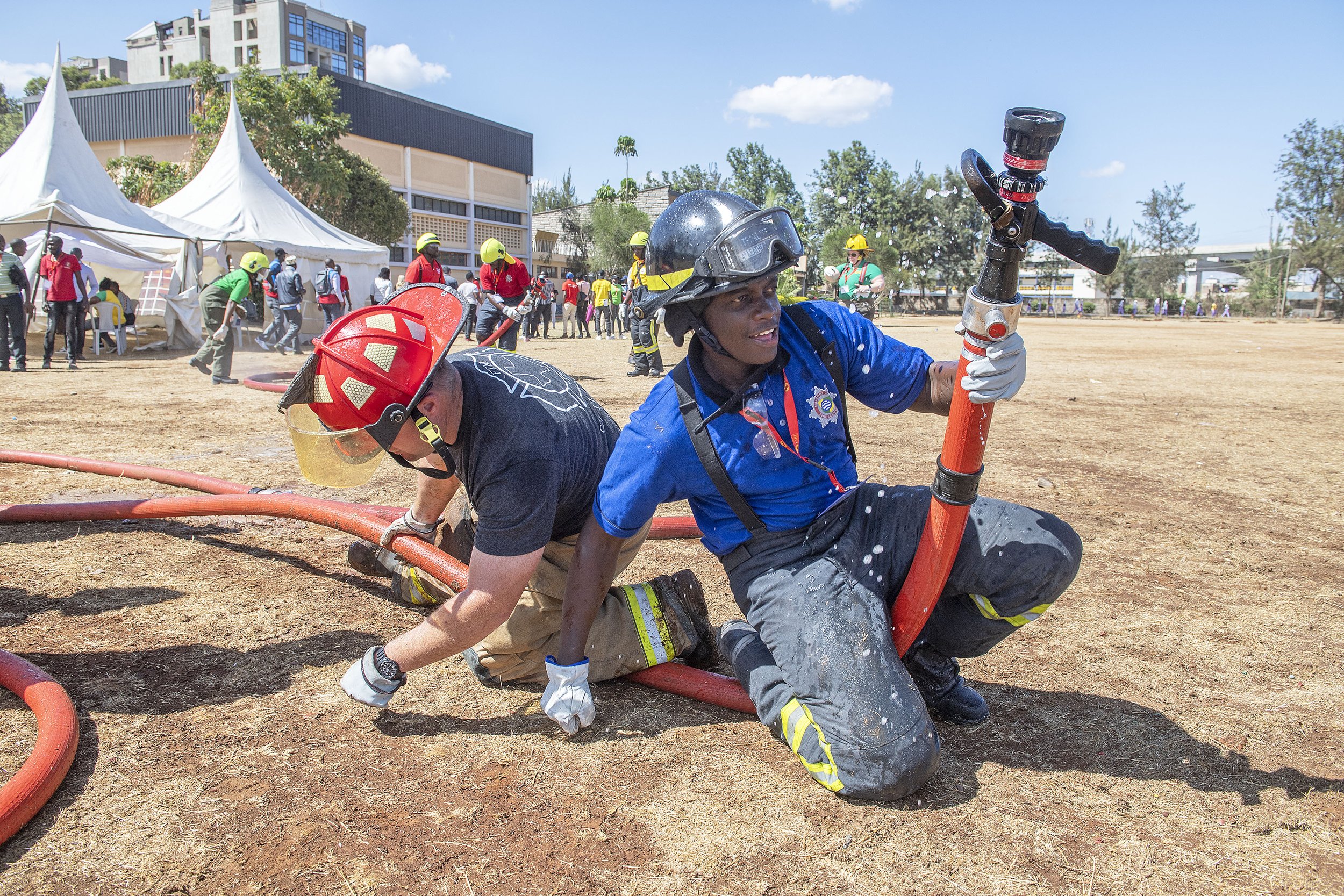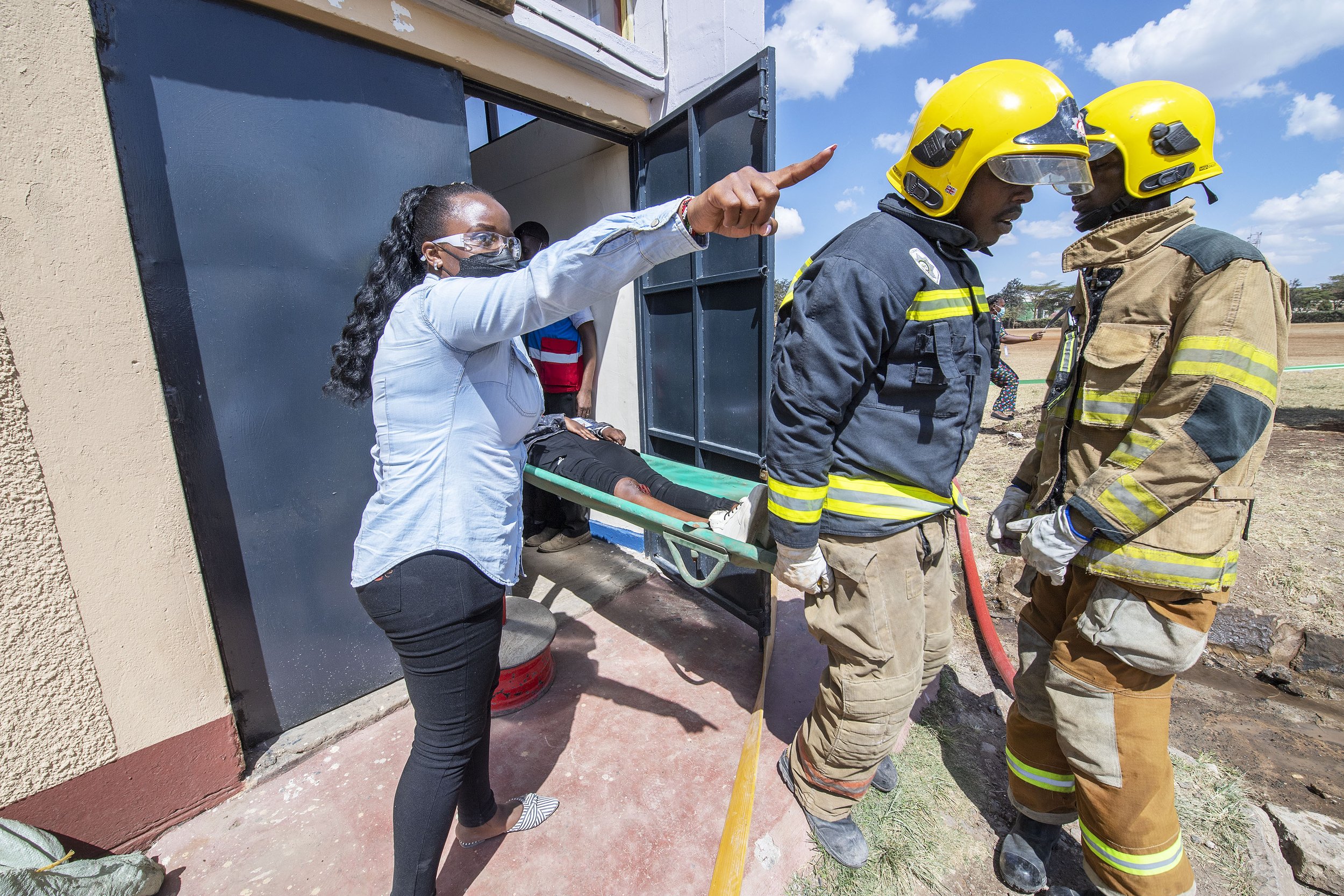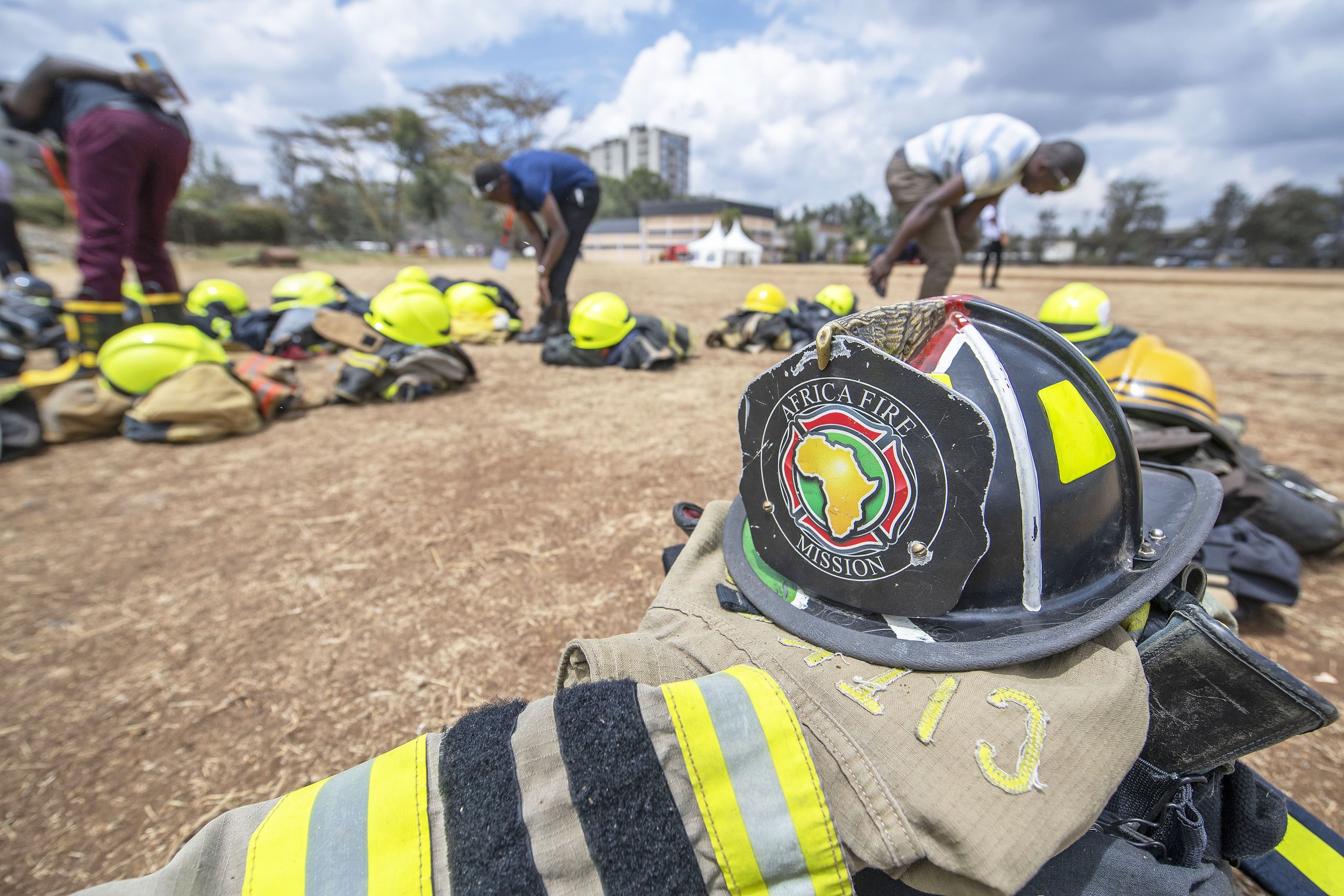Trauma is a word that seems to get used more and more these days; heal your trauma, childhood trauma, vicarious trauma... What to do with trauma?
Eleven years ago, I started my career as a full-time firefighter. Out training around trauma consisted of looking at horrible pictures and hearing a few stories of bad calls. At that time, the only experience I had with dead people was at the few funerals I had attended. I had never placed my hands on a dead body before becoming a firefighter, and there was no preparation for the psychological aftermath of some of the events that would happen in my life.
Fast forward to now, and that surely is not the case. There have been hundreds of dead bodies, and I can't even count the number of times I have done CPR. However, up until just a few years ago, I still didn’t fully grasp what Trauma was, let alone how it shows up, where one might find it and why it tends to linger around.
Through a long journey of healing, research and life experience, I have understood what my trauma means for me in this life. The thing about exceptional experiences, like trauma, is that once they have occurred, there is no erasing them. Now, this doesn't mean it has to remain the same forever and ever. The beauty of the human mind is that we can create perspective. Take politics, for example. The same people and the same problems have different perspectives on how to solve the issues. A lesson I have learned through my trauma experience is that this approach can take one out of dark times and into brighter days.
In December 2020, I was a part of a crew that extracted a woman from a house fire. The scene was a known homicide, the victim was beaten and burned to death. The image of her body and her children standing on her lawn stayed with me for a long time; they were hard to shake. At the same time in my life, I owned a Gym, and the closures from the pandemic were wreaking havoc on my finances, my stress and my relationship; this traumatic experience put me over the edge.
The shift that happened through various therapies was very subtle yet extremely powerful.
It was this:
Why is this happening FOR me? vs. Why is this happening TO me?
For vs To:
The understanding of this came from experiencing trauma's impact on my life. Let's break down the who, what, where, when, and why of trauma.
Who is Trauma?
Weird question, right? Too often, we become our trauma; it victimizes us, and we fall into the trap of continually asking ourselves, why did this happen to me? We create an entire identity around our trauma and allow that story to infiltrate our lives. Unfortunately, most of the time, this takes on a negative narrative that can lead to dark places of unhappiness, anxiety and depression; that is what happened to me. Once I learned that I am not my trauma, it enabled me to separate from it. From this place of separation, I could now view it as something different.
Our Trauma comes from an experience; it sticks around and hunts us because of the narratives our mind places on the traumatic experience. By learning to change this narrative, we can change how we perceive the experience of trauma in our life.
What is Trauma?
Is the Trauma the event that occurred? Perhaps and if that is true that trauma is the event, then why do we continue to suffer from the trauma after the event takes place? I sat down for dinner three days after extracting a dead, burnt person from a house fire. My wife had made roasted chicken for dinner. The traumatic experience was now over; however, my entire body was shaking, my heart was pounding, and I could not bring myself to eat as I was on the verge of vomiting, just from the look of the chicken on the table. My children were trying to talk to me as I stared blankly at the food before me, not hearing a single word. I was having physical, emotional and psychological responses to the event that had occurred three days prior. The trauma was alive and thriving within me.
Trauma is the emotional, psychological and sometimes physical response to a traumatic event. After the event has taken place, it now remains an experience in our lives. We do, as humans, have the ability to change how we respond to this event. Knowing that our response is adaptable is the first step in helping heal from any horrible event.
Where is Trauma?
If trauma isn’t the event but how we respond to the circumstance that has already happened, then where is it? Where is the trauma?
There is no correct answer here because how trauma shows up is different for everyone. My experience showed up in several ways, constant anxiety, insomnia, outbursts of uncontrollable crying in the middle of the night, depression, yelling and swearing at my children (they were 3 and 6 at the time), negative self-talk, negativity towards others, and playing the victim card. There were moments when I was playing with my kids, laughing and rolling around when out of nowhere, the thought of that night would enter my mind and rob my children of their father. One of the most potent therapies I did was Neuro-Linguistic Programming or NLP. It worked by changing my image of the dead body to a pair of jeans and a wreath of roses. I know it sounds weird, but it worked. Every time that thought enters my mind, I think of a pair of jeans and a wreath of roses.
When looking to talk to a professional, find one who practices NLP. It worked wonders for me.
Why?
This question was probably asked ten thousand times, “Why is this happening to me.” One evening in bed, I broke down and asked this question to my wife, and her response changed my life. She said, “Maybe it's not happening to you; maybe it's happening for you.” As I explored this perspective shift, I kept finding positive reinforcement. “Maybe this happened to show me that even when horrible things happen, love still exists,” the proof being the person's children crying on the front lawn.
When?
We never know when or how our past experiences will show up in our lives. Lots of the time, it happens unexpectedly. As a first responder, finding tools to help manage our stress and anxiety helps to mitigate our trauma when it shows up. We train to prepare for the unexpected; our mental health and trauma are no different. By consistently working on healing and discovering new tools that work for us, we can shift our mindset around what trauma is, how it shows up, and where to find it. We can begin to shift our perspectives about why our trauma has happened for us, not to us.
Trauma is no joke. As a firefighter, I don’t believe we have enough education or tools to help us deal with and manage our trauma. My best advice is to start exercising your relationship with trauma before it happens. Learn how to breathe, talk to a professional early, and know that there is always another way to view what has happened.
The entire city would burn down if we waited for the fire to start to learn how to put out the fire. Learn the tools before the trauma occurs; if it already has, there is no time like the present to start.
About the Author
Brandon Evans is a professional firefighter, father, and Founder of Fire to Light, a research and development organization specializing in preventative mental health of firefighters.
Brandon works to raise awareness around trauma in firefighters, helping to identify what it is, where it shows up and what we can do about it, before and after.
Through sharing stories, experiences and tools, Brandon hopes to help reduce the rates of suicide and PTSD amongst firefighters globally.

